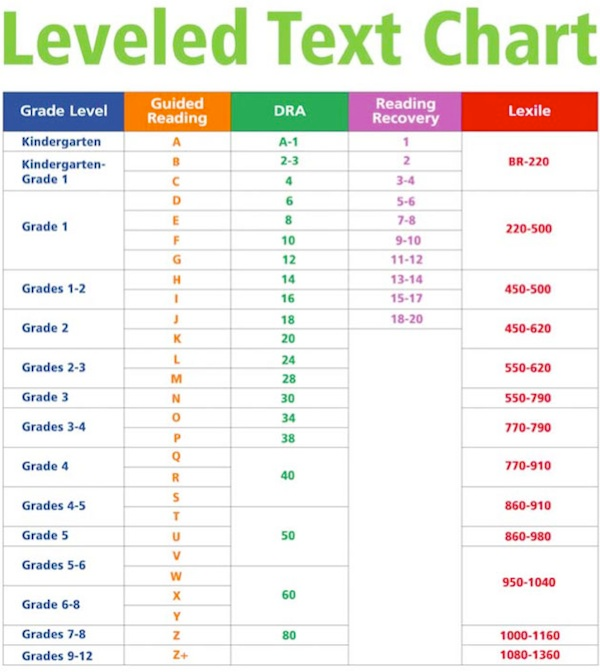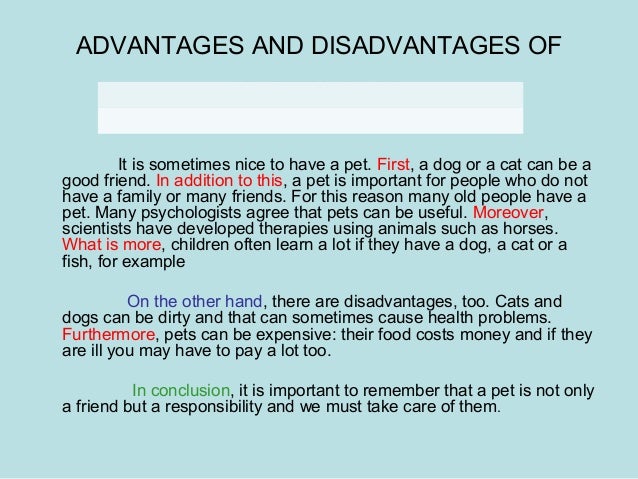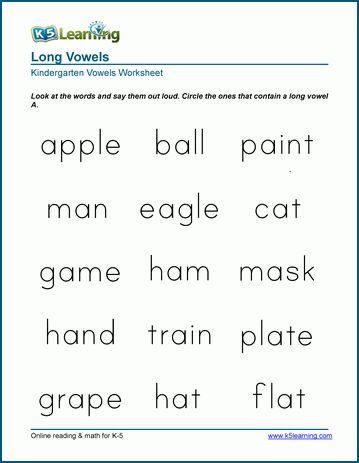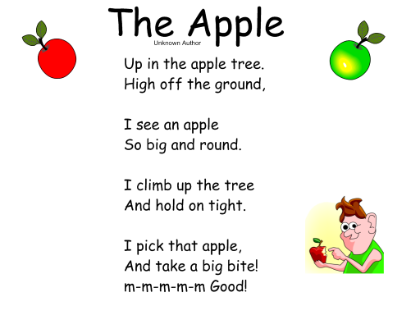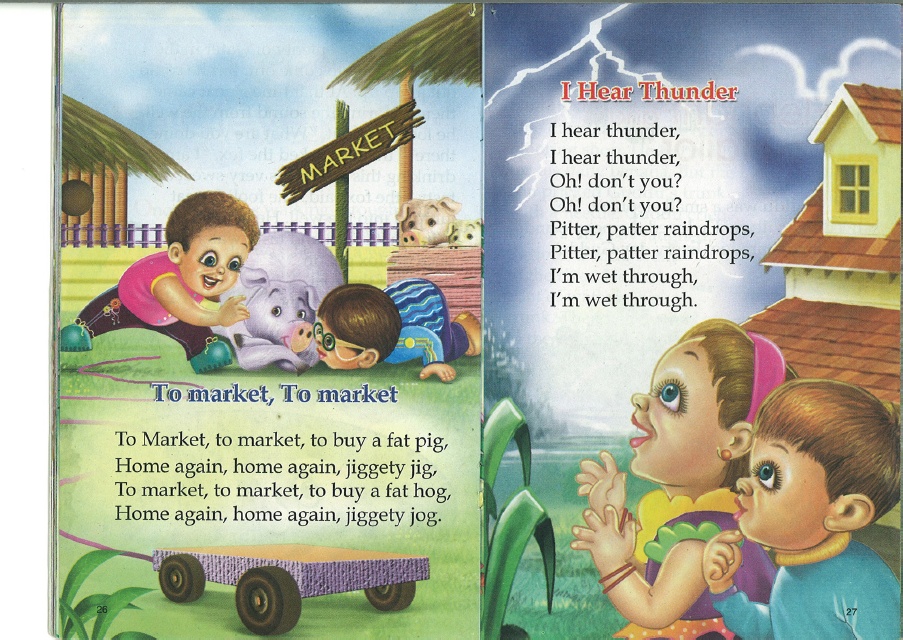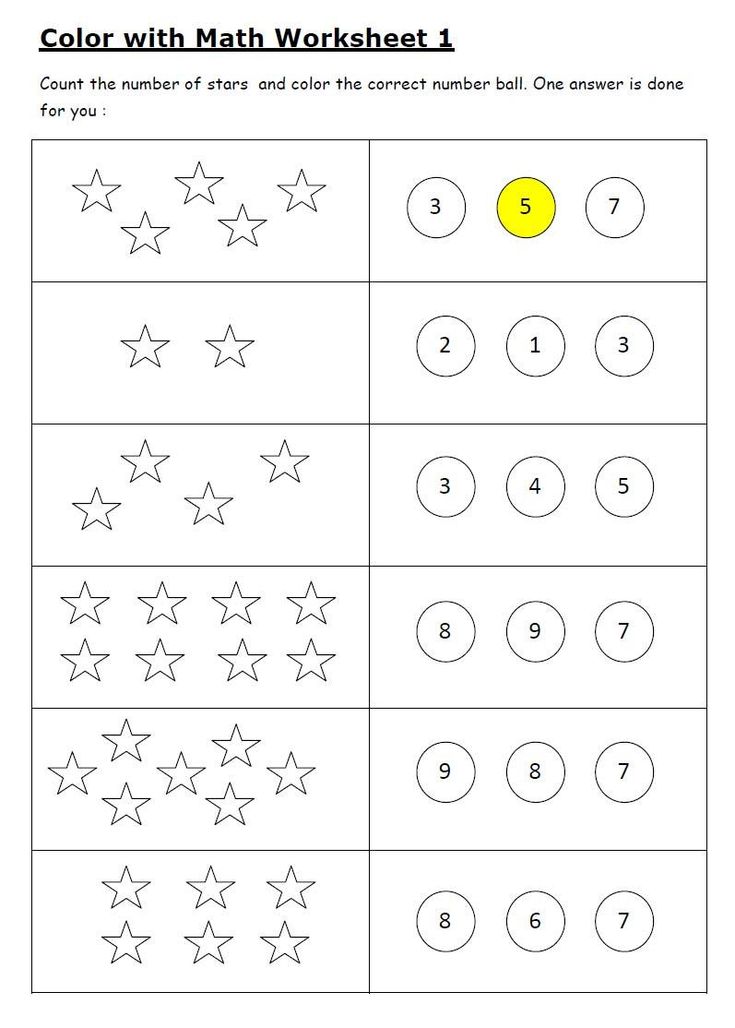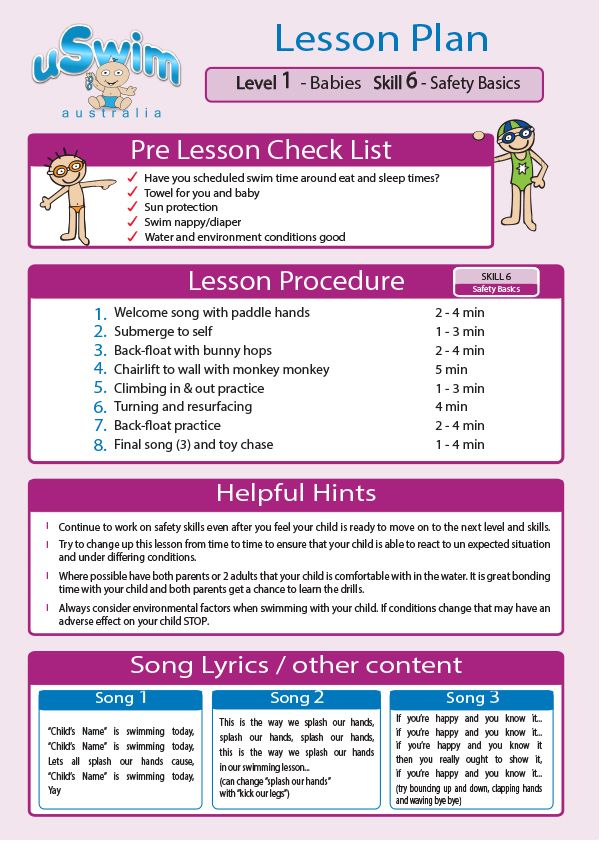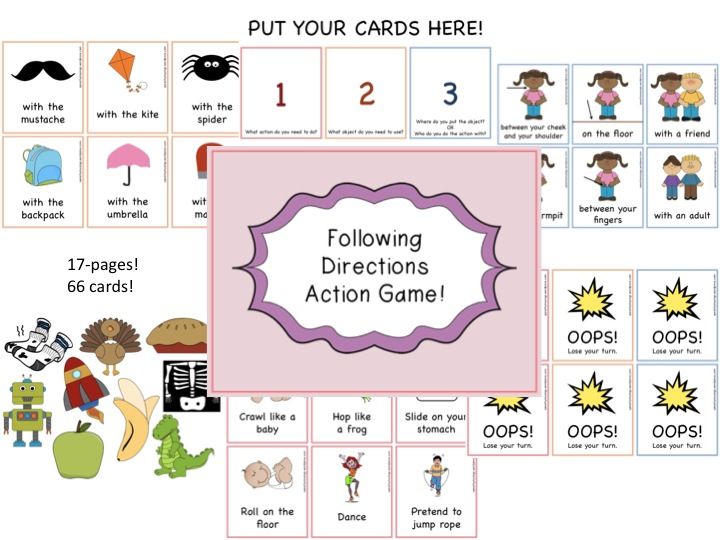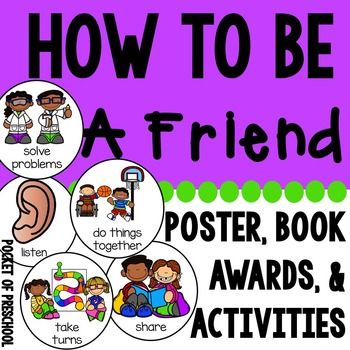Find reading levels for books
How To Determine Reading Level Of A Book
Learning how to determine reading level of a book helps you find appropriate books for your child and challenge their abilities.
When choosing children’s books, the reading level of the book can be pretty important. You want to challenge children to read a bit higher than they think they can while not discouraging them with books that are too difficult.
Whether you have beginning readers or advanced readers in your life, learning how to determine the reading level of a book is a valuable tool. Thankfully, parents and educators have a number of tools available to help them.
This guide will discuss what reading levels are, how to find them and how you can ensure that the books you offer are suitable for the children in your life.
Contents
- Tips on How To Determine Reading Level Of A Book
- What is Reading Level?
- Why Reading Level is Important
- Reading Level and Interest Level
- Common Measures for Reading Levels
- Tools to Find the Reading Level of a Book
- A Final Word on How to Determine Reading Level of a Book
- FAQs About how to Determine Reading Level of a Book
- Author
Tips on How To Determine Reading Level Of A Book
So how can you determine the reading level of a book? Before delving into the tools available to help you find a book that your child can read, first, you must understand what reading level is.
What is Reading Level?
The reading level of a book determines how well a child can read it independently. Unfortunately, reading level is often confused with grade level, so a book with a fourth-grade reading level is designed with vocabulary and syntax that the average fourth grader can understand.
However, it is not always as simple as picking a book that is leveled at your child’s grade level. Your child’s teacher can tell you that students fit into a wide range of levels, even within the same classroom.
As your child’s reading skills develop, you’re going to need to find reading materials that match. Knowing how to read reading levels will help.
Why Reading Level is Important
Children who are learning to read need to have a text they can read successfully. If text is too easy, the child gets bored. If the text is too hard, the child gets frustrated.
This balance is where the reading level helps. Finding a book that matches your child’s abilities and interests will encourage successful reading, and reading level is key to that.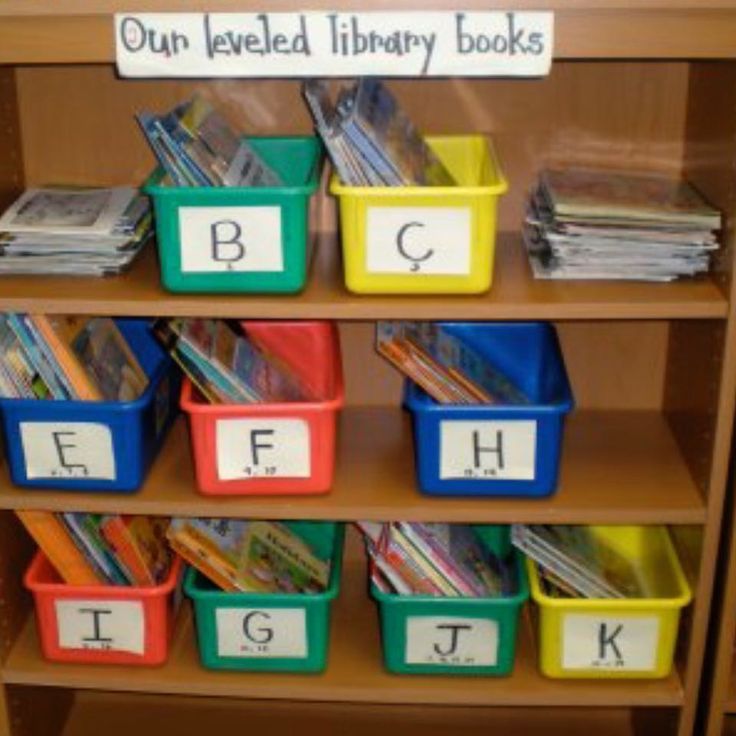
Reading Level and Interest Level
Adding interest level to your decision-making will help guide you to the books they will be most interested in readingAnother benchmark you can check into is interest level. This metric shows how interesting a particular book is likely to be to your child based on their age or grade level.
If a child is particularly behind or advanced in reading level, finding books they want to read but match their reading level becomes more challenging. Adding interest level to your decision-making will help guide you to the books they will be most interested in reading.
Common Measures for Reading Levels
Many tools measure reading levels. As you learn how to determine the reading level of a book, you will find that these tools make the job a lot easier, so you can find a book that fits the child’s reading level. Here are some popular reading systems to consider.
1. Fountas-Pinnell Guided Reading Level
Fountas and Pinnell created the Guided Reading Level. This leveled reading system assigns a level to individual books. Factors that impact that level include repetition of words, the complexity of sentences, and sentence length.
This leveled reading system assigns a level to individual books. Factors that impact that level include repetition of words, the complexity of sentences, and sentence length.
This program uses specialized reading lists with books that already have a grade level measure.
2. Grade Level Equivalent
The Grade Level Equivalent leveled reading system assigns an actual grade level to the book based on what students typically can read at a particular stage of their education. This metric is labeled with a decimal point, where the first number is the grade level, and the number after the decimal point indicates the number of months into the school year the student would be. So, a score of 2.1 means second grade one month into the school year.
For parents that are new to reading levels, this can be a helpful metric as it shows a level they can easily relate to their student’s age and grade. However, parents need to realize that students develop their reading abilities at different speeds, so any particular child may read at, above, or below the published reading level.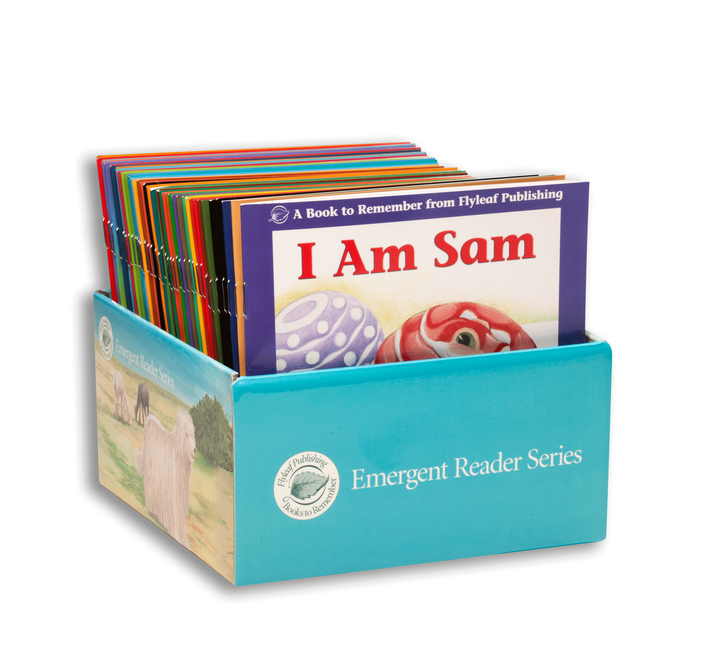
3. Developmental Reading Assessment
The Developmental Reading Assessment, or DRA, assesses a child’s reading ability through a reading test. It then gives the student a score based on that test. Factors it checks include:
- Phonemic awareness
- Alphabetic principles/phonics
- Fluency
- Vocabulary
- Comprehension
- Reading engagement
Books are given corresponding scores based on text complexity and vocabulary. Thus, teachers and parents can easily connect students to books that fit their abilities after taking the test by lining up the test scores with the scores of the book.
4. Lexile Framework for Reading
The Lexile Framework is a National Institute of Child Health and Human Development metric. It uses Scholastic Inventory Test scores to evaluate text and determine what reading level it is.
To use the Lexile Framework, students must take a standard test or the Scholastic Reading Inventory (SRI). This then matches them with a reading level that matches their ability.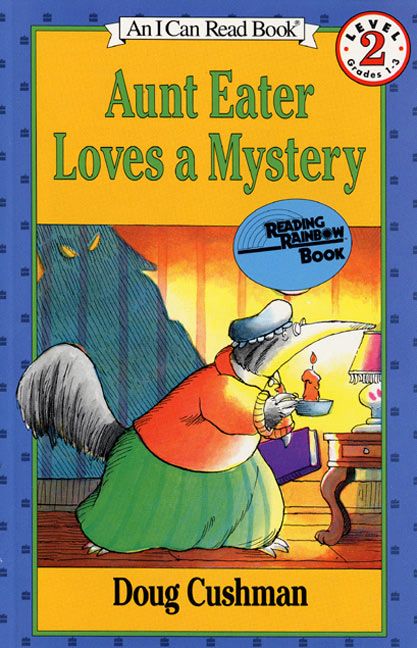
You can look up the Lexile level of a book online on the Lexile website.
5. Accelerated Reader Book Levels
Accelerated Reader is a complex readability formula that rates text complexity. It uses grade level ratings to indicate what year and month a student could read a book independently.
Accelerated Reader is different from straight grade level equivalents because it uses interest level as well. This indicates if the content of a book is age-appropriate for the particular grade level.
Tools to Find the Reading Level of a Book
Understanding the different reading tests and reading level measures is important, but it does not help you learn how to determine the reading level of a book when your child wants to read something. Thankfully, you have several tools at your disposal to help.
1. Scholastic’s Book Wizard
Scholastic offers a book wizard tool that has over 65,000 children’s books in the database. You can search using the title and author to find an individual book’s reading level.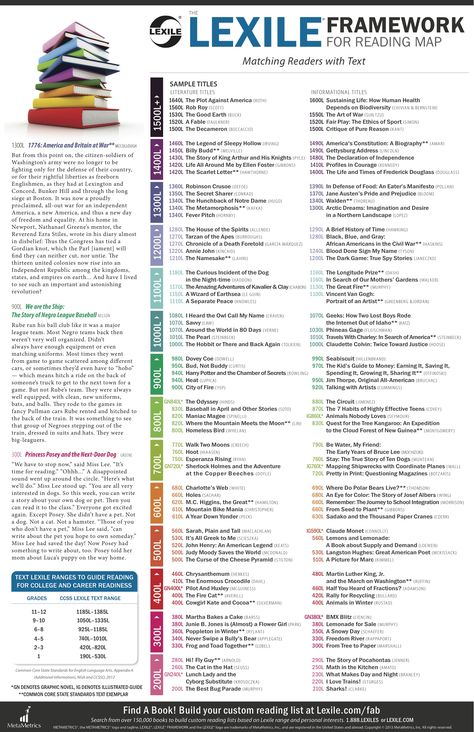 If you are looking for recommendations for your child, you can search by reading level, subject, grade level, or genre and get a list of suggestions.
If you are looking for recommendations for your child, you can search by reading level, subject, grade level, or genre and get a list of suggestions.
2. Renaissance ATOS Analyzer
If you can’t find your book or text in another tool, you can copy a portion of the text into the ATOS Analyzer to see how it rates. This tool uses a readability formula to tell you how easy something is to read. It also merges with the Lexile measure, so you can search for individual books if they are in the database.
3. Lexile Look Up
Lexile’s online tool lets you search for a book by its ISBN. Just enter the number on the Quick Book Search to see if it is in the database. The website also allows you to look at a list of books based on your child’s reading level.
4. Accelerated Reader Search Tool
The AR search tool lets you search for a particular book’s readability, Lexile level, and interest level. It reports a grade level based on whether or not a child will be challenged in the reading but not frustrated.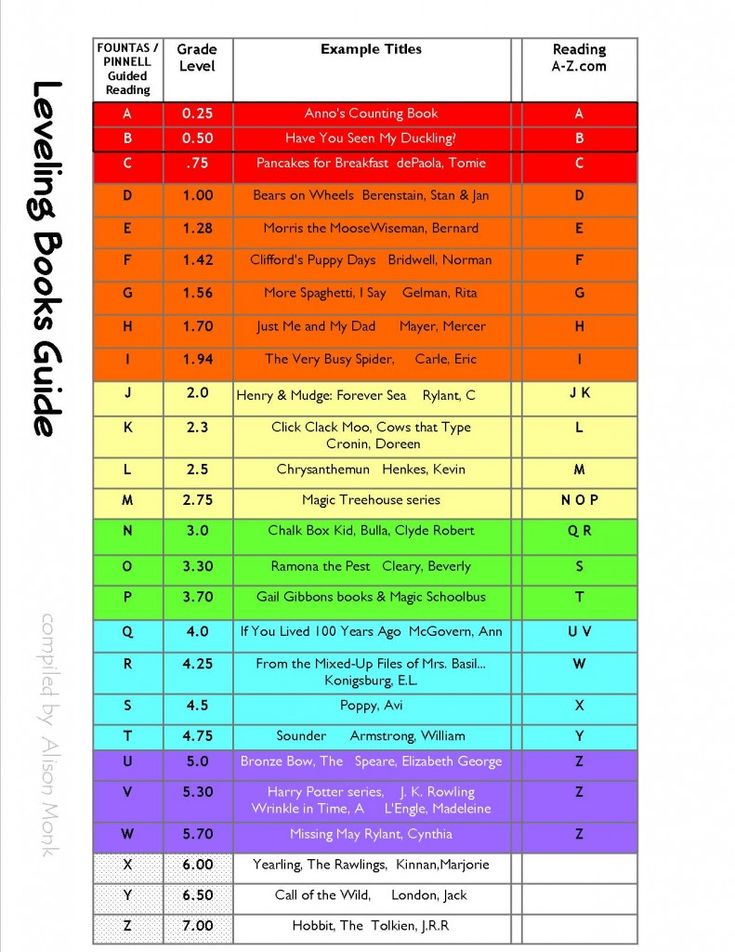
5. Correlation Chart
The Correlation Chart is part of the State of Washington public library system. It lets you find the reading level of a book, then use the tool to compare that to the reading level in another measurement. If you are looking for a specific measure but know another one, this tool can help you compare.
A Final Word on How to Determine Reading Level of a Book
Reading levels help you choose books for your child that fit their interests and abilities. You can avoid frustration and boredom by selecting appropriate books. Using reading levels also encourages more independent reading, especially with young readers.
Parents can sometimes struggle with finding reading levels for different books, but using a book’s ISBN, you can search in several tools that have book lists based on reading level. Using these tools and asking your child’s teacher what their current reading level is will allow you to choose the right reading material for your child.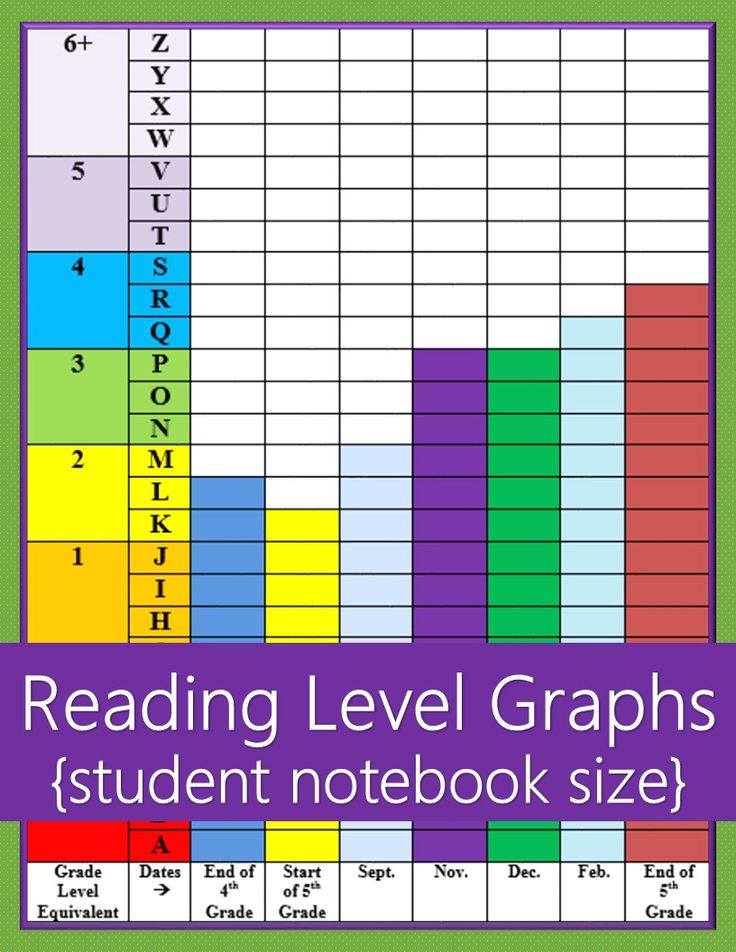
FAQs About how to Determine Reading Level of a Book
How to find the reading level of a book?
Using different tools, such as the Scholastic Book Wizard or the Accelerated Reader Search Tool, you can learn the reading level of many children’s books to help you choose appropriate reading options for your child.
How to determine my child’s Lexile reading level?
If your child is at school, they will be tested each year under their standardized testing program. This testing will give your child a Lexile reader measure. Simply ask your child’s teacher or check their standardized test score report to learn your child’s measure.
Join over 15,000 writers today
Get a FREE book of writing prompts and learn how to make more money from your writing.
Powered by ConvertKitAuthor
How to Determine Reading Level of a Book
Leveling the field
If you have a child in school, then you’ve probably heard the term “reading level. ” Your child’s teacher may have mentioned it when discussing the importance of reading practice. It may have come up during a parent-teacher conference. But, what does “reading level” actually mean? Why does it matter? And, how can you easily determine reading level of a book that is a good match for his level of reading skill?
” Your child’s teacher may have mentioned it when discussing the importance of reading practice. It may have come up during a parent-teacher conference. But, what does “reading level” actually mean? Why does it matter? And, how can you easily determine reading level of a book that is a good match for his level of reading skill?
What is reading level?
Reading level is simply a way to identify how complex a book a child can read independently. You might be tempted to reason that if your child is in the second grade, then books that are labeled for second graders will be the perfect fit for him. That’s not necessarily true. In most classrooms today, students read at a wide range of different levels. Most schools administer reading assessments periodically to determine the reading comprehension level of each child.
Why does reading level matter?
Reading level matters for a few very simple reasons. If your child is reading a book that is too far above his current ability, then he will likely become frustrated and discouraged. On the other hand, if a book is too far below his reading level, it won’t challenge him enough. He won’t encounter new words or more complex sentences, and his reading skills simply won’t grow. A book that is too far below your child’s reading level might also simply be boring. The ideas and words won’t be complex enough to catch his interest or fire his imagination.
On the other hand, if a book is too far below his reading level, it won’t challenge him enough. He won’t encounter new words or more complex sentences, and his reading skills simply won’t grow. A book that is too far below your child’s reading level might also simply be boring. The ideas and words won’t be complex enough to catch his interest or fire his imagination.
How is reading level measured?
A search of the Internet quickly reveals a dizzying array of reading-level systems with obscuring names like ATOS, Basal Equivalent and Fry Readability Graph. It’s enough to make your head spi!. Let’s take a look at some of the most commonly used readability systems.
- Fountas-Pinnell Guided Reading Level – Sometimes referred to as Fountas and Pinnell, or even simply as Guided Reading Level, this reading-level system supports the guided reading program designed by Irene Fountas and Gay Su Pinnell. The level of individual books are classified by assessing a number of factors, including word repetitions, sentence length and complexity, and even the number of illustrations.
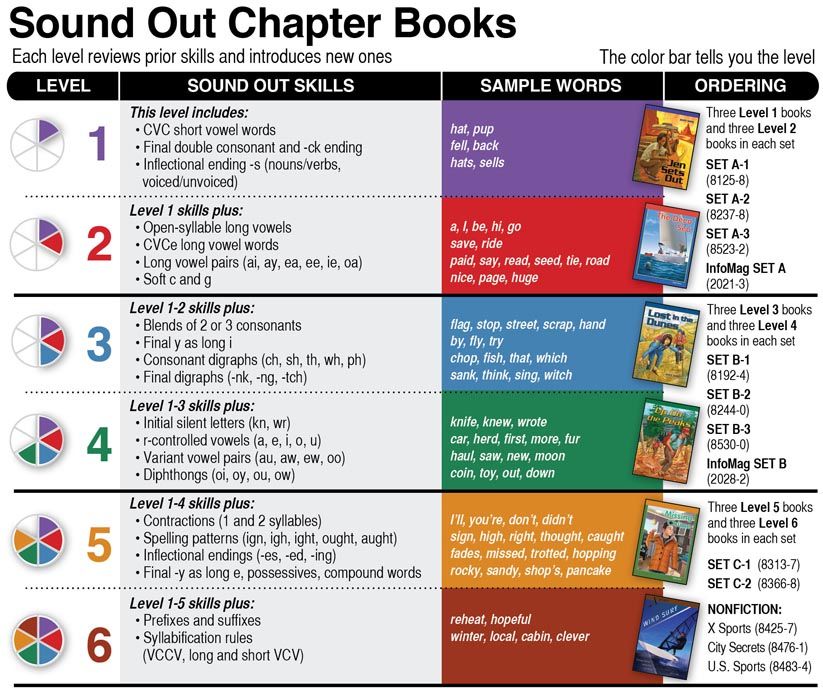
- DRA – DRA refers to a standardized reading test called the Developmental Reading Assessment. This reading system assigns books different reading levels that correspond with the different scores that children can earn on the test. After taking the test, a child is assigned a letter/number score from A1 through 80. His teacher – or parents – can then find books with the same DRA score.
- Lexile Framework for Reading – Called the Lexile measure or the Lexile level, this scoring system was developed by an educational research team funded by the National Institute of Child Health and Human Development. Using test scores from a standardized reading test or from the Scholastic Reading Inventory test (SRI), this system converts those test scores into equivalent reading levels making it possible to match students with the reading material best suited for their growing abilities.
- Grade Level Equivalent – Perhaps the easiest of the reading leveling systems to understand, Grade Level Equivalent measures a student’s reading level by comparing it to the expected reading level for each school year.
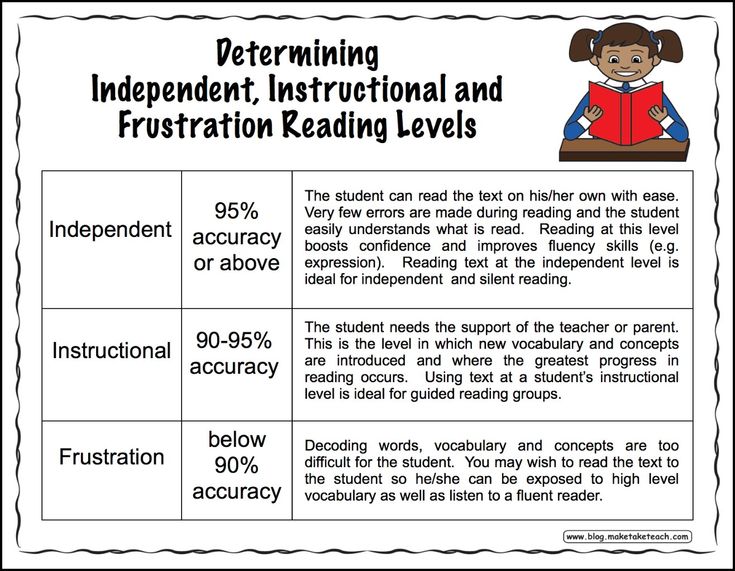 Fourth graders in their first month of the school year whose reading skills are at that grade level would be given a reading level score of 4.1. This stands for fourth grade, first month of school. A struggling reader in the fourth grade would have a lower score, 3.6, for example. This would mean that this child was reading at a level usually expected of a third grader in the sixth month of the school year.
Fourth graders in their first month of the school year whose reading skills are at that grade level would be given a reading level score of 4.1. This stands for fourth grade, first month of school. A struggling reader in the fourth grade would have a lower score, 3.6, for example. This would mean that this child was reading at a level usually expected of a third grader in the sixth month of the school year.
How can I determine my child’s reading level?
Measuring a child’s reading level is complex. Different systems measure different factors, including text complexity, word speed and even comprehension. Your child’s school will assess his reading level, most likely using a variety of methods and maybe even some good, old-fashioned teacher intuition. If you want to know your child’s reading level, your best bet is to simply ask his teacher.
How can I determine the reading level of a book?
Trying to find books that match your child’s reading level? Once again, the first step is to talk to his teacher.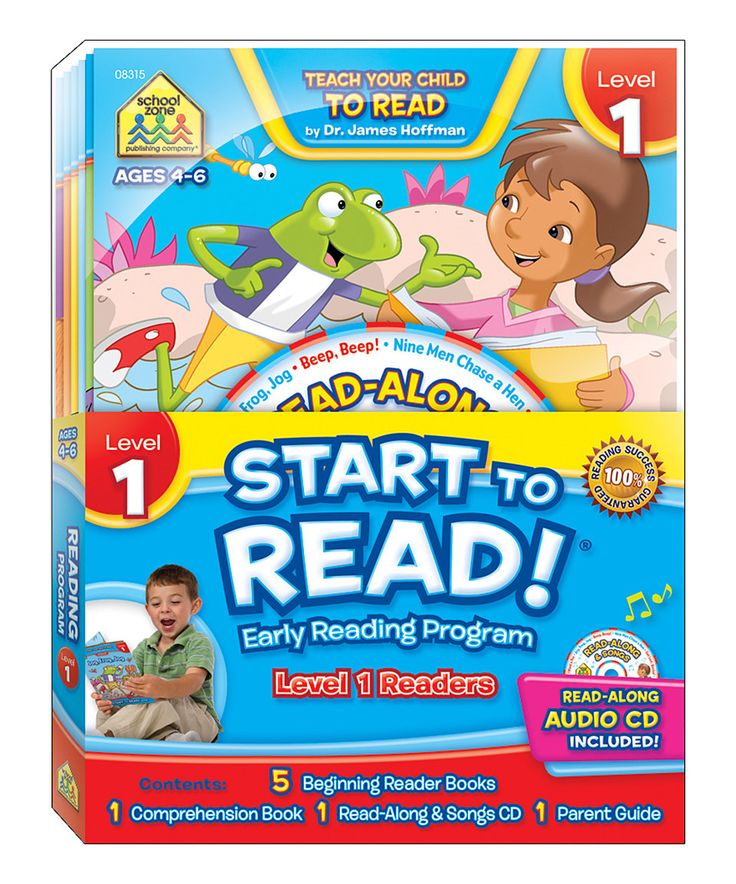 She will be able to offer many suggestions and may even have a reading list available. Another good resource is the school librarian. Books in the school library will already be sorted by reading level. The librarian should be able to point you to the right section.
She will be able to offer many suggestions and may even have a reading list available. Another good resource is the school librarian. Books in the school library will already be sorted by reading level. The librarian should be able to point you to the right section.
Need more resources? Consider these:
- Renaissance ATOS analyzer – This text wizard allows you to input text – or even upload a file – to see how it rates on the Advantage TASA Open Standard readability formula. You can input a sentence, an excerpt or an entire book. Renaissance also has a book finder where you can check to see if the level of the book you’re curious about is already on file. The book finder lets you search for both the ATOS score and the Lexile measure using a book’s title or author.
- Scholastic’s Book Wizard – Scholastic.com offers a Book Wizard that allows you to search through over 65,000 children’s books. Using a book’s title or author you can search using one of four different reading level systems.
 You can also filter results by genre, subject and grade level.
You can also filter results by genre, subject and grade level. - Lexile look up – The Lexile Framework for Reading website lets you look up books that match your child’s reading level. You can also look up the reading level of an individual book on the same page, using the book’s ISBN number or its title. Hint: the “Quick Book Search” tab is at the top right of the page.
- Correlation chart – If you already know the reading level of a book under one of the leveling systems, but need to know what the same book would rate under another system, then use this correlation chart offered by the State of Washington’s public library system. Simply move down the column under the system that you already know until you find the right rating, then move across the page – left or right – to the correlating number in the column of the system you’re hoping to target.
Learning your child’s reading level and then finding books that match is a great idea! You’ll be able to keep him engaged and learning without overwhelming him with text that is too complex or with words that are simply beyond his ability.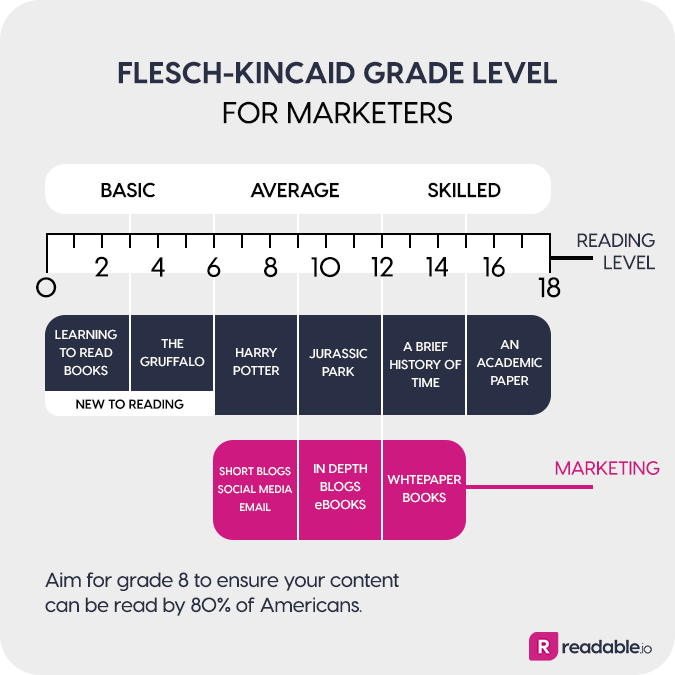
Other Reading Resources
- A Wrinkle in Time Reading Level
- Free Grammar Printables from K12reader.com
- Printable Passages from ReadingVine.com
What books to read in English with your level of knowledge ‹ Ingleks
Reading is one of the key English skills, so it is important to practice it from the very first stages of learning. In this article, we will tell you what to consider when choosing a text to read, give a list of books in English by level of knowledge, and also give some tips on how to read books in English correctly.
Contents:
- 1. How to choose a book to read in English
- 2. What books to read with your level of knowledge
- 3. How to read books in English correctly: 7 tips
First, we advise you to watch the webinar of our methodologist Svetlana on the topic "What and how to read in English."
How to choose a book to read in English
We have identified several criteria that will help you choose books to read in English.
1. Age and level of knowledge
Simple children's stories can be useful for those who do not yet have a wide vocabulary and do not know all grammatical constructions. But popular science novels with serious vocabulary are suitable for people with an average and high level of knowledge, from there you will learn a lot of new words.
2. Goals of learning English
If you are studying English for work, choose professional literature, such books will help you learn useful vocabulary. If you need to build your vocabulary with colloquial expressions, choose modern prose with lots of dialogue. In this case, you will learn to speak like the heroes of your favorite work.
3. Genre of the book
Choose books that interest you: reading should bring not only benefits, but also pleasure, so you should not take the first female novel that comes across if your favorite genre is detective.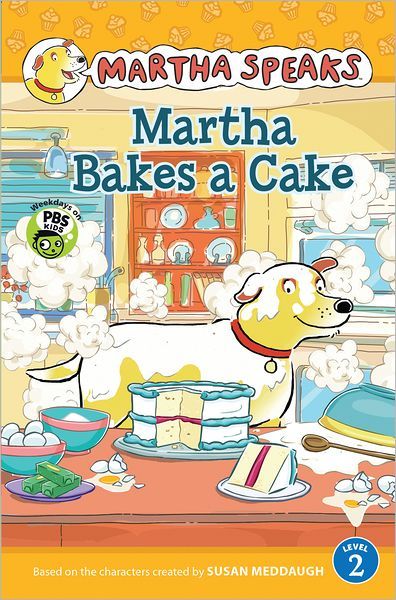 Feel free to choose books of that genre and that author that you like to read in Russian. However, consider the fact that you may find it easier to read modern fiction with simple dialogue than science fiction or historical detective stories, where you will encounter a lot of unfamiliar words.
Feel free to choose books of that genre and that author that you like to read in Russian. However, consider the fact that you may find it easier to read modern fiction with simple dialogue than science fiction or historical detective stories, where you will encounter a lot of unfamiliar words.
4. Year of writing
Classical works by British and American authors are written in accordance with all grammatical rules. In such books you will find interesting phrases, various comparisons and synonyms. At the same time, you may come across vocabulary that is not used in modern English, which will make it difficult for you to read the work, and you still cannot use the learned words in everyday speech, because for native English speakers you will sound too pretentious and grandiloquently. Agree, if you ask in Russian, “Is it far to the store with dishes?” instead of “Where is the nearest supermarket?”, it is unlikely that you will be answered adequately.
Modern literature is current words and phrases, slang expressions, dialogues from everyday life, and sometimes simplified grammar.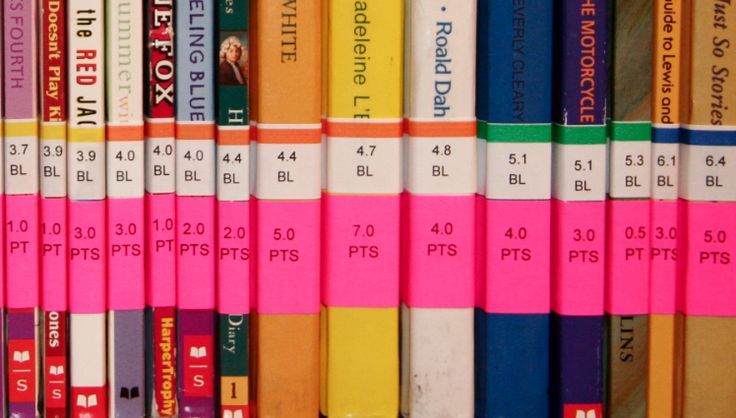 In terms of benefits for learning English, modern literature is the best option for reading.
In terms of benefits for learning English, modern literature is the best option for reading.
5. Complexity of the text
For an English book to benefit your knowledge, it must be uncomplicated, but not too simple. On average, you should meet no more than 10 unfamiliar words on the page (3-5 are better). This amount of new vocabulary will allow you to understand the meaning of what you read and maintain an interest in reading. You can guess the meaning of most words from the context, and this is much more useful and interesting than constant peeping in the dictionary.
6. A familiar book or not
Try to take a work that you have already read in Russian. In this case, you will not get lost in the plot, you will be able to guess the meaning of many words from the context, remembering the text in Russian. If you feel sorry for wasting time rereading an already familiar text, take something new, in which case you will be motivated to read the work to the end to find out how the book ends.
7. Format
The choice of electronic or printed format depends on the habit and conditions in which you read. The advantage of an e-book is portability and the ability to connect a dictionary, which will make it easier to find the meanings of unfamiliar words with one click on them. Nevertheless, a paper book is more convenient to work with if you are going to return to what you read earlier in order to better remember new words and phrases or to remember the storyline after a break in reading.
Audiobooks have won the hearts of some readers and caused an uproar in others. We will share an interesting and useful way of reading - listen to the text of an audiobook and repeat the phrases after the announcer, trying to imitate his pronunciation. Thus, you will improve your pronunciation, develop the correct intonation, get rid of the accent. You can read more about this technique in the article “How to learn English from audiobooks + 7 cool resources”.
Don't have time to read books? Then pay attention to 7 excellent sites with texts for reading in English, on these resources you will find short stories for people with different levels of knowledge of English, including texts for beginners.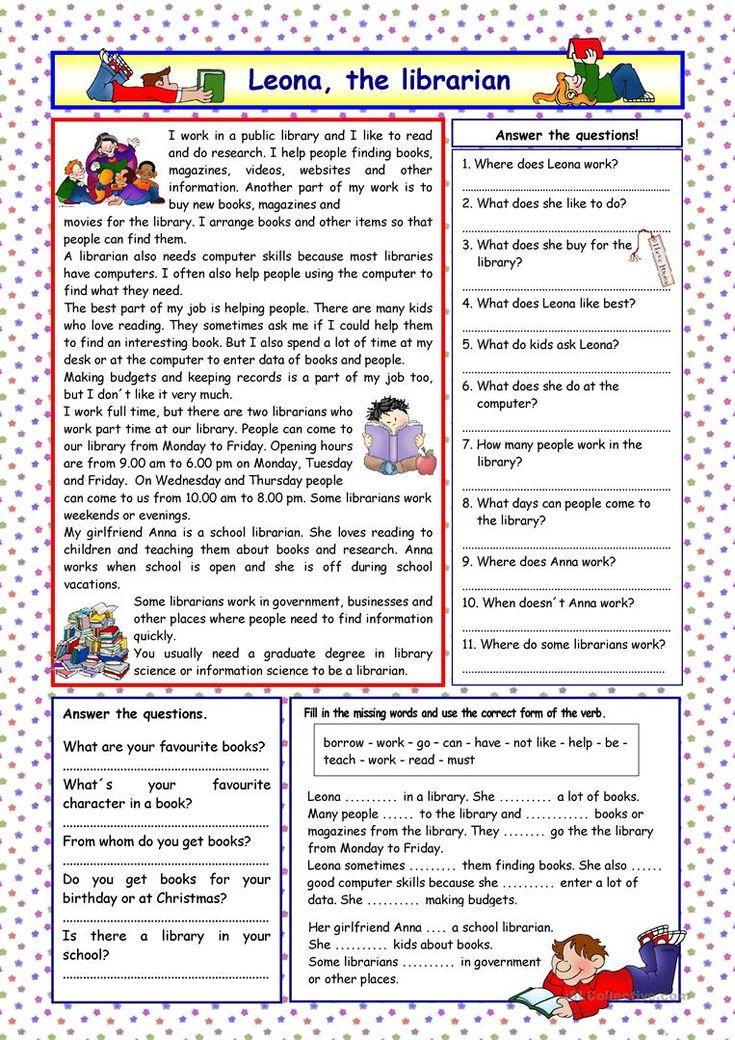
We asked our teachers to tell us about how they started reading books in English. You will find their answers in the article “What to read in English: our teachers advise”.
Which books to read with your level of knowledge
Next, we will consider in detail which books are better to read in English, depending on your level of knowledge. In order to correctly classify yourself as one or another category of readers, we recommend that you first take our test to determine the level of English.
In the table, we have listed books recommended for reading in English by level of knowledge. Many of the works we attributed to several levels at once. This is due to the fact that people at the same level may have a different stock of knowledge. In addition, we have sorted the books within the level from easy to hard. If you have never read a work in English, start at the top of the table and work your way down.
Under the table you will find detailed recommendations for each level of knowledge, be guided by them when choosing a book.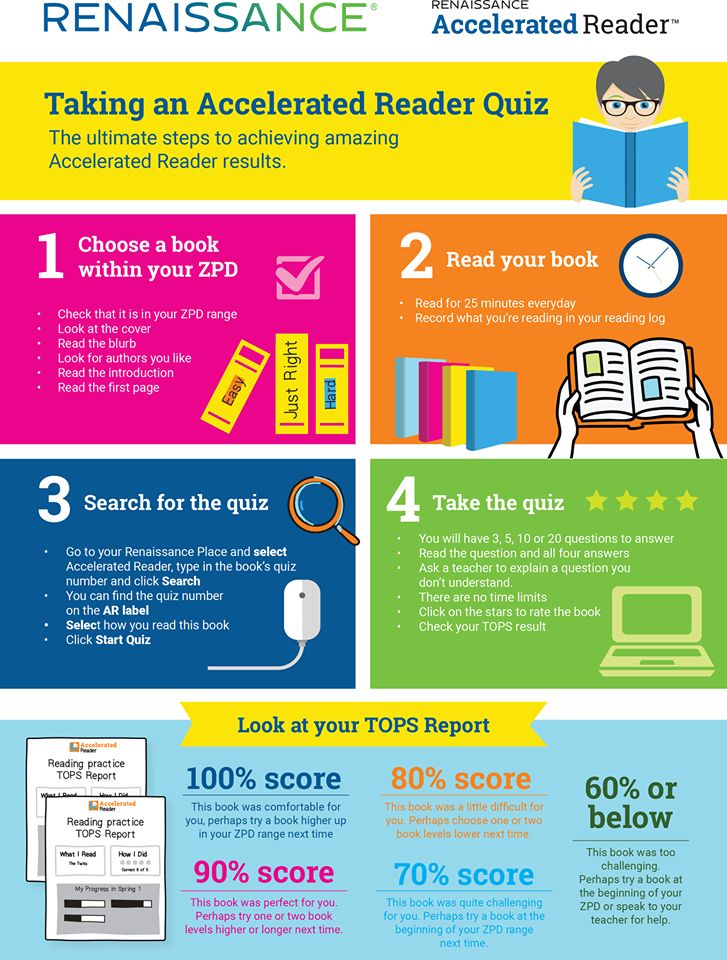
by A.A. Miln
by E.B. White
Charlie and the Chocolate Factory
by Roald Dahl
by L. Frank Baum
by Louisa May Alcott
The Subtle Knife,
The Amber Spyglass
by Philip Pullman
by J.
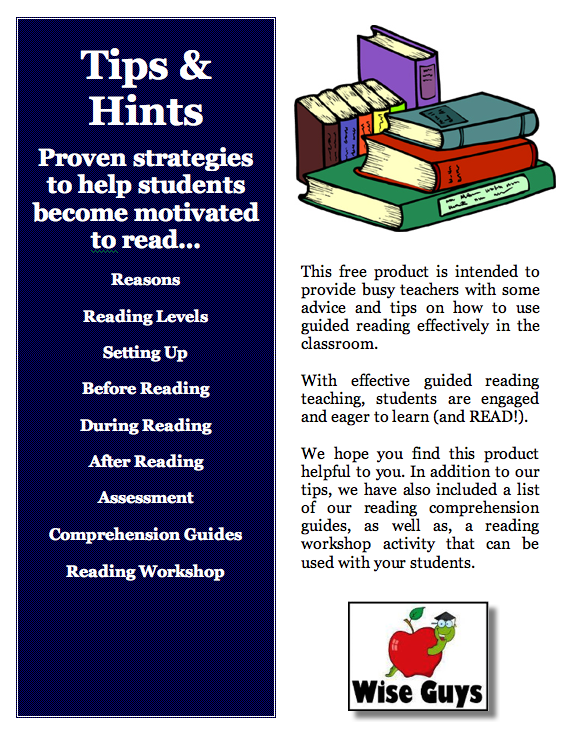 K. Rowling
K. Rowling by Clive Staples Lewis
Stephenie Meyer0088
by Suzanne Collins
by Sophie Kinsella
by nicolas sparks
by Elizabeth Gilbert
Carrie, ETCE.
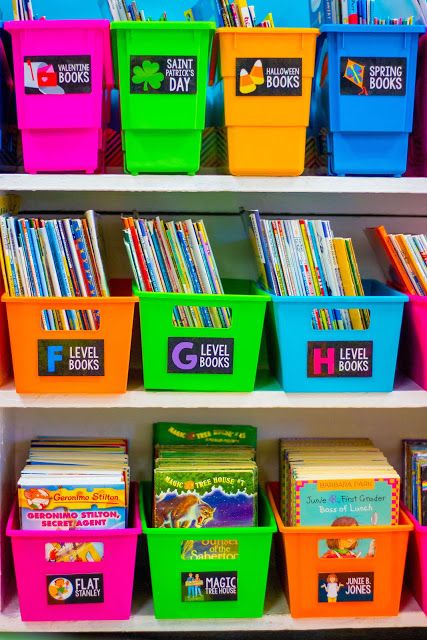
by Stephen King
Dandelion Wine,
A Sound of Thunder
by Ray Bradbury
by J.D. Salinger
A Farewell to Arms,
For Whom the Bell Tolls
by Ernest Hemingway
DETECTIVES
by Agitha Christie
Of course, we do not recommend beginners to read literature in the original: even children's fairy tales will still cause difficulties in reading.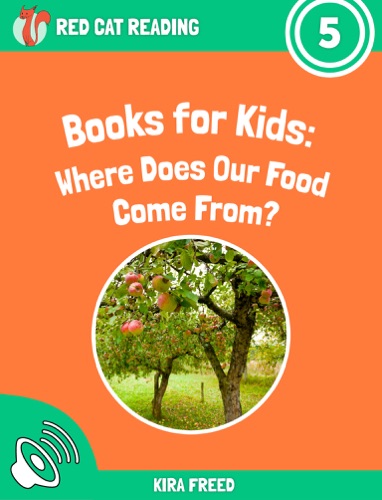 However, you can already study simple texts.
However, you can already study simple texts.
- English textbooks
- Adapted literature
- Plain texts
The textbooks at your level contain simplified texts filled with useful words and phrases, so we advise you to start with the texts in the textbooks.
Adapted books are a great help in learning English. The simplification of the text consists in the fact that complex, rarely used words are replaced by simpler and more frequently used ones. You can find books for your level of knowledge at english-e-reader.net. We also recommend reading the article Adapted Books: Is It Worth Reading?
Plain texts adapted to your level of knowledge are a great alternative to books in English. Try to read the texts on the rong-chang.com website - they will be clear even to people with a very small vocabulary. In addition, at the Elementary level, you can try reading English books for toddlers, such as the adventures of Paddington Bear.
Books in English for the intermediate level
We included Pre-Intermediate, Intermediate and Upper-Intermediate in the intermediate level of knowledge.
At the Pre-Intermediate level, we recommend reading adapted literature. Keep in mind an important detail: some publishers simplify the texts too much, so the text of your level may seem very easy. In this case, we recommend taking the book to a more difficult level. If you see those same 3-10 new words per page, feel free to start reading. At the same level, you can try reading children's books, for example, by Roald Dahl. His stories can be safely read to an adult: the author's original humor will not leave you indifferent.
At the Intermediate level, you can already start reading literature in the original. We want to warn you right away: the first few pages of any book in the original in English will be a real test of your stamina. You will immerse yourself in the world of living English with a variety of grammatical structures, new words, idioms, phrasal verbs. And here the main thing is not to dive into the dictionary for every word. Take note of only those words without which it is impossible to understand the meaning of the text.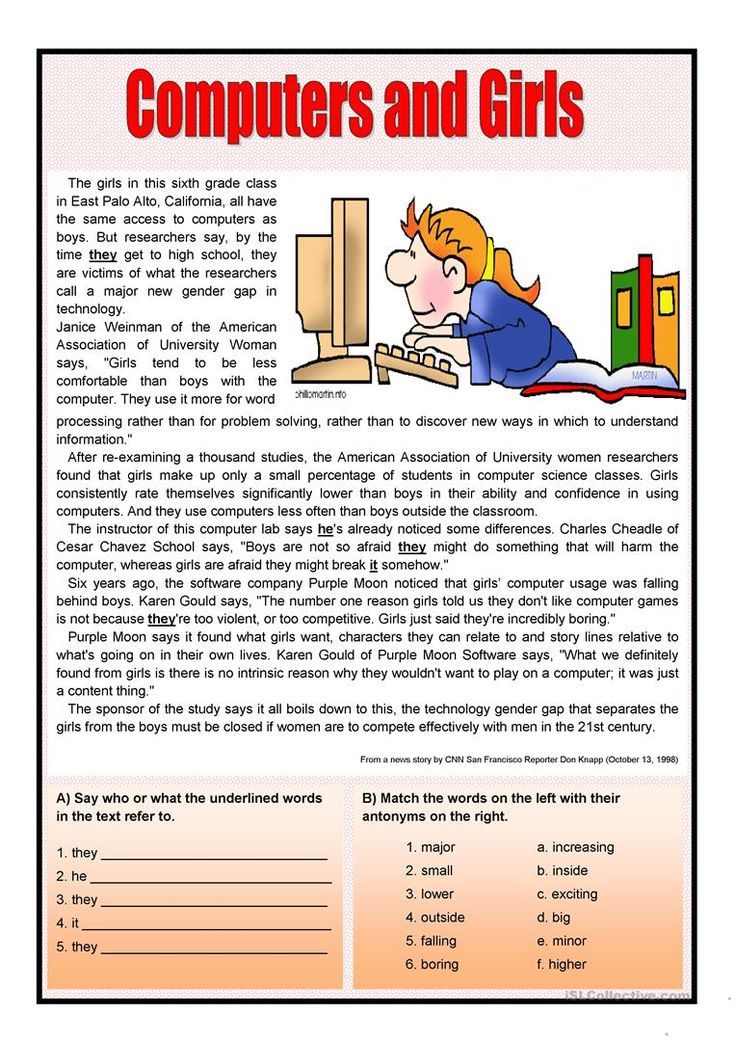 After a few pages, you will get used to the author's style, get involved in the plot, and it will become easier to read.
After a few pages, you will get used to the author's style, get involved in the plot, and it will become easier to read.
The Upper-Intermediate level provides even more reading opportunities. You have a solid vocabulary and a good knowledge of grammar, so you will be able to read most books without difficulty, using a dictionary on rare occasions. The advice remains the same: do not look up every unfamiliar word in the dictionary and enjoy reading.
Books in English for advanced levels
Advanced and Proficiency people are the luckiest - they can read almost any book in English. The only exception may be specialized literature, but if you are fond of quantum physics, then in order to gain new knowledge, you can take up books on this topic.
How to read books in English correctly: 7 tips
1. Write down unfamiliar words
To get the most out of reading, learn new vocabulary from the text. Write down whole phrases or fragments of phrases in which you met an unfamiliar word.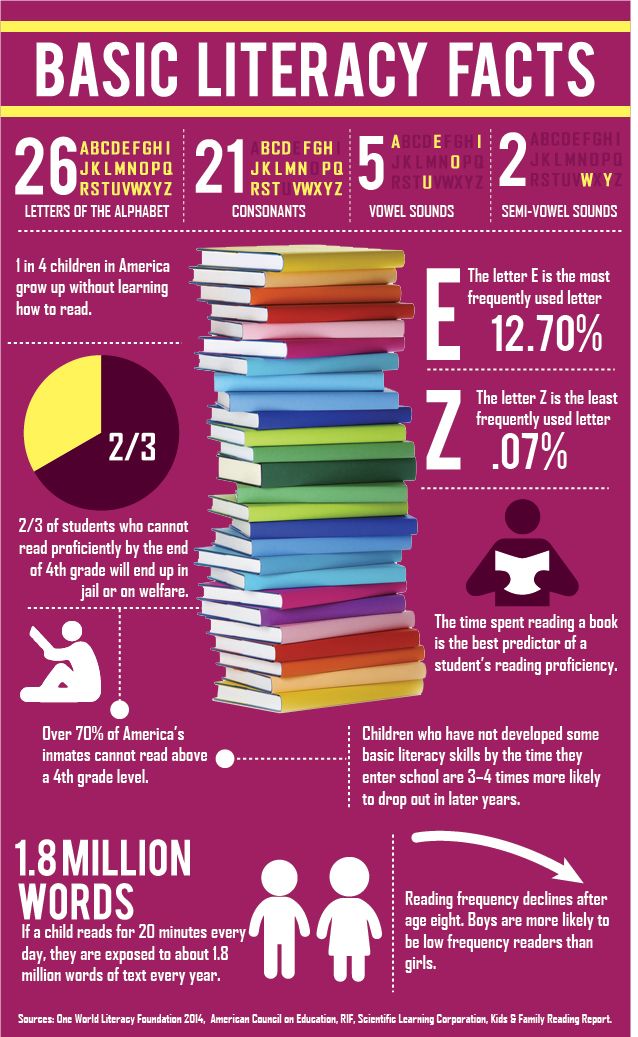 In context, vocabulary will be easier to learn and you will know which words go with the word you have learned. Do not want to spoil the pleasure of reading? Then set yourself the task of writing down words from just a few pages a day, and then just read the book, using a dictionary only as a last resort. And don't forget to read about how to expand your vocabulary through reading.
In context, vocabulary will be easier to learn and you will know which words go with the word you have learned. Do not want to spoil the pleasure of reading? Then set yourself the task of writing down words from just a few pages a day, and then just read the book, using a dictionary only as a last resort. And don't forget to read about how to expand your vocabulary through reading.
2. Pay attention to grammatical constructions
While reading, pay attention to how English tenses and grammatical constructions are used in the text. This is a very useful exercise, because the more a person reads, the more competently he speaks and writes. The logic is simple: you get used to seeing correctly formulated sentences, memorize them and subsequently reproduce them in your speech. Find out some useful tricks for learning grammar constructions from the article "How to improve your knowledge of English grammar while reading."
3. Read aloud
By reading aloud you practice correct pronunciation, but only if you know the rules of reading English well. We recommend reading our article “TOP-13 “Russian” mistakes in English pronunciation”. At the same time, reading aloud can quickly tire you out, so alternate it with reading to yourself.
We recommend reading our article “TOP-13 “Russian” mistakes in English pronunciation”. At the same time, reading aloud can quickly tire you out, so alternate it with reading to yourself.
4. Use the correct dictionary
As we have already written, the dictionary should be used sparingly and in most cases try to do without it. Moreover, if you have already reached the Pre-Intermediate level, try using an explanatory (English-English) dictionary instead of Russian-English. So you learn not only a new word, but also its definition in English. Read our article about the benefits of an English-English dictionary.
5. Don't use translation software
Machine translation is bad for fiction and English learning in general. So far, none of the most advanced programs can translate phrases taking into account the context. If you have a desire to use the help of the program, think about whether the text you have chosen is too complicated. Perhaps you should take something simpler so that when reading, you can manage with your knowledge.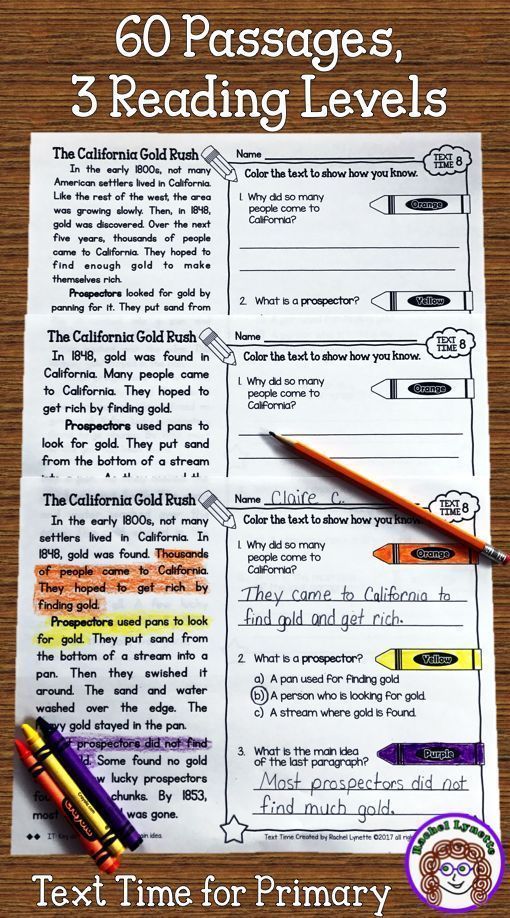
6. Be patient
Of course, we painted a very rosy picture: take a book in English and read it easily. In fact, the first pages will be given with great difficulty, because you have actually been pulled out of the Russian-speaking environment and plunged headlong into the English language. Our advice is to stick with the first few pages and try not to go into too much detail. While reading, do not try to analyze every word. Remember what happens while reading in Russian: you do not read each word separately and do not think about it, but perceive the text as a whole and imagine what is happening in your head. Do the same with the English text: draw the plot in your mind, try not to think that some words are unfamiliar to you.
7. Read regularly
Try to read at least 4-6 pages a day. It will take quite a bit of time, but the results of your classes will be noticeable very soon. Particular attention should be paid to reading for those who take a break from learning, for example, during a vacation.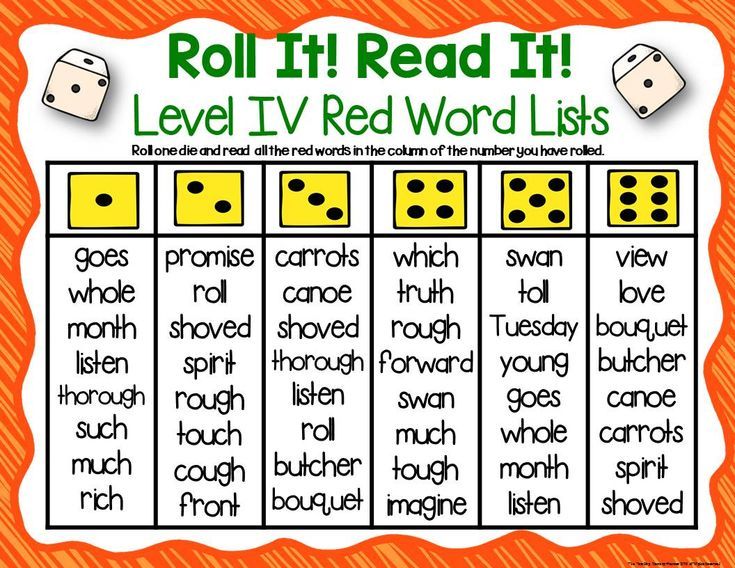
Do you want to not only read, but also discuss what you have read in English? Then sign up for a conversational English course.
Now you know which books in English to read for beginners, and which ones are suitable for people with an average level of knowledge. We have a rather large list, but we are sure that the readers of our blog also have something to say on this topic. Write in the comments what books and at what level you read.
© 2022 englex.ru, copying of materials is possible only with a direct active link to the source.
How to read 100 books a year
Is your list of books to read growing? Do you buy books that you don't even touch later? It's time to fix it.
belchonock/depositphotos.com
Buy lots of books
Read constantly
Read faster
Do not disperse attention
Properly approach choice
Read several books simultaneously
Remember read
Warren Buffett, one of the most successful businessmen in world, describes his day like this: "I just sit in the office and read all day.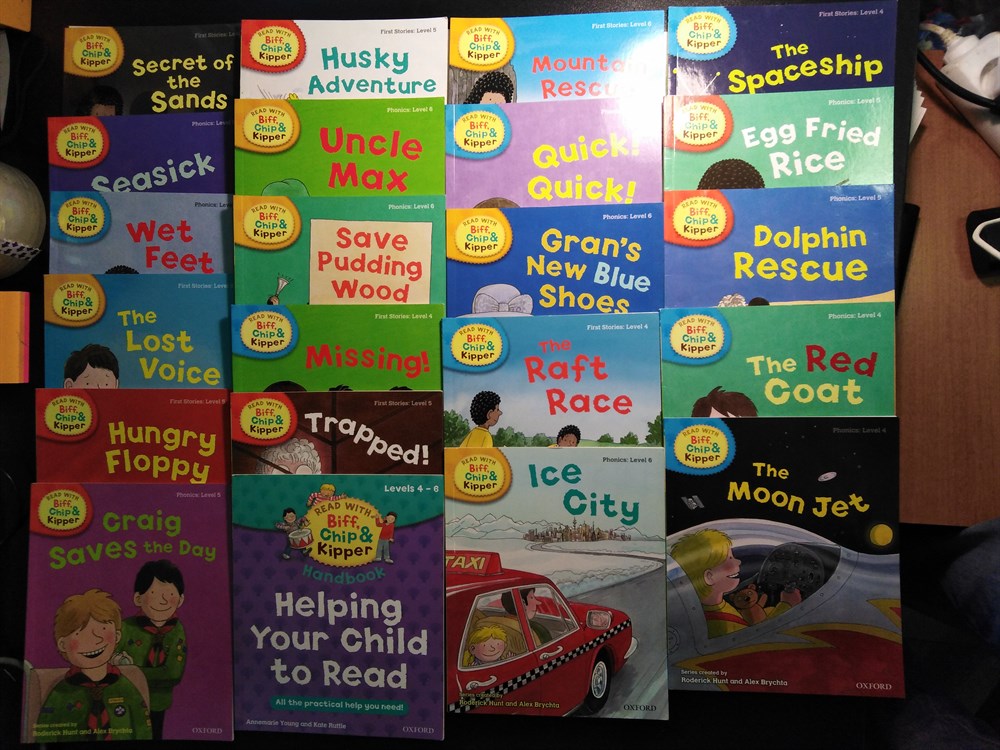 " He advises everyone read as much as possible, and that is indeed a worthy goal. How to make reading permanent habit?
" He advises everyone read as much as possible, and that is indeed a worthy goal. How to make reading permanent habit?
If you have read this article, you are probably also concerned about the fact that you read fewer books than you would like. Every year we read less and less. After school, university, work, family, new worries, obligations appear - and reading goes to second plan.
But in order to really achieve something in this world, you need to constantly gain new knowledge. And books are one of the best sources of information and other people's experiences. So let's set ourselves a goal of reading at least 100 books a year.
“
Fools learn from my own experience, I prefer to learn from the experience of others.
- Otto von Bismarck, the first Chancellor of the German Empire
Books cost both time and money.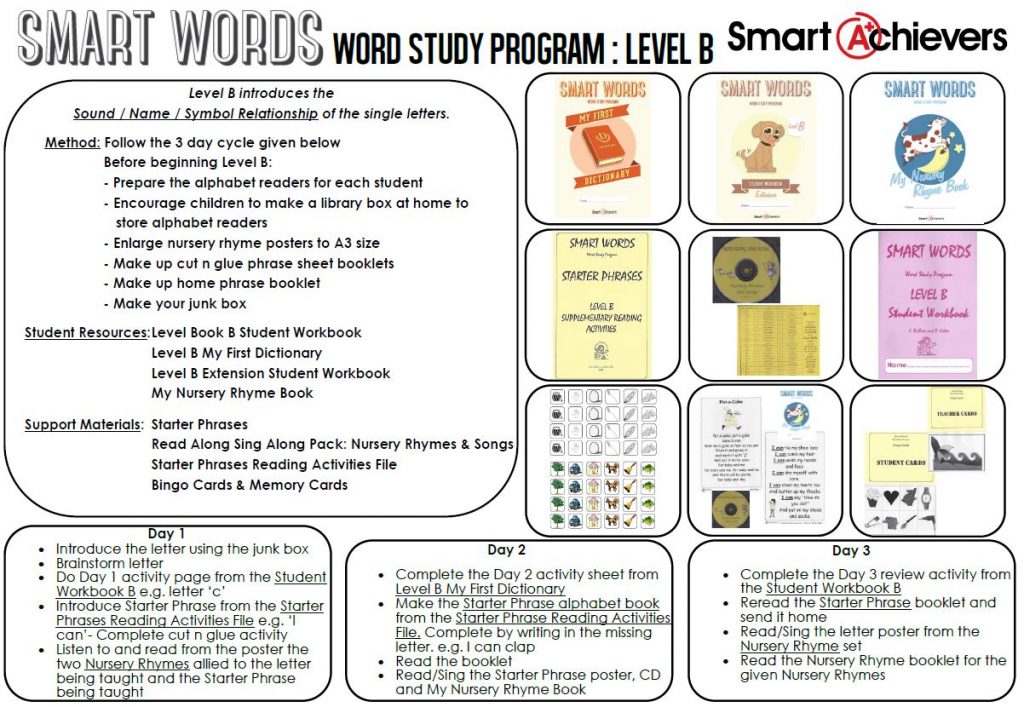 But if everyone can find the time, then the situation with money is more complicated. And here you have two options: earn or save.
But if everyone can find the time, then the situation with money is more complicated. And here you have two options: earn or save.
andriano_cz/depositphotos.com
But make sure the books are worth your investment. Maybe, you personally do not need books and the Internet with television perfectly replace them. In such If so, just don't worry about reading less books. There is nothing terrible in this. Most people simply don't need it. They can safely give 200 dollars for a pair of shoes, but will regret spending the same amount on 20 new books. It's up to you what to choose.
But if you want to know more, you have to buy. The point of this advice is that the more books you have at home, the more choices you have, and this will help you read more.
Here's why.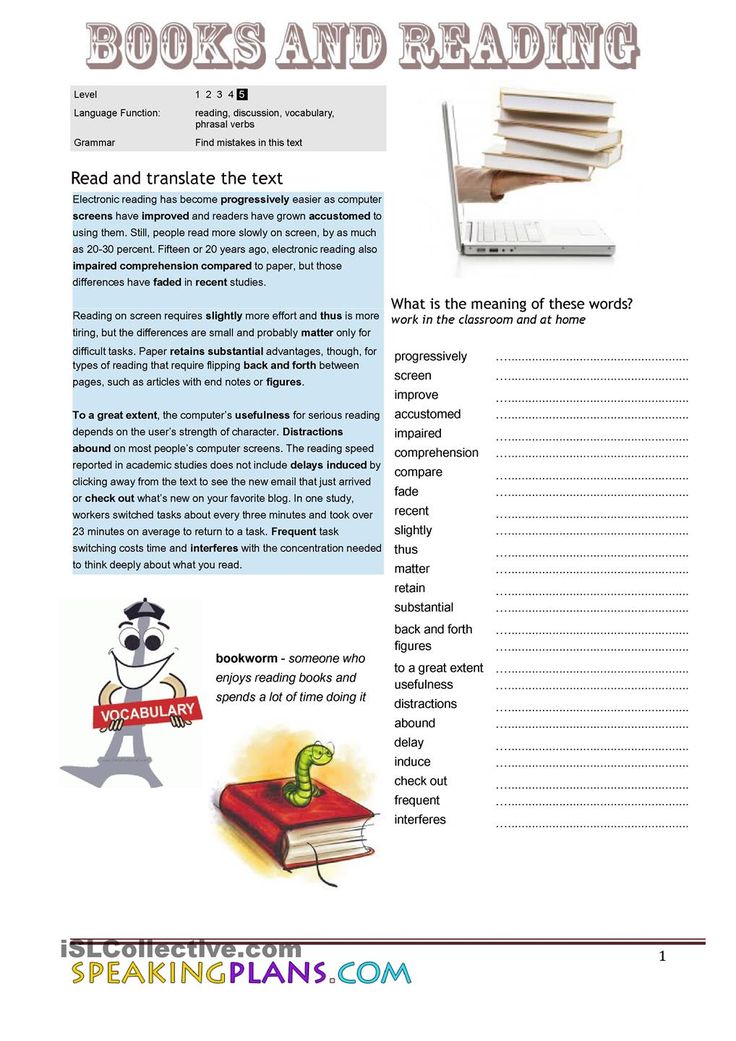 Reading most of the books you don't plan ahead. You don't sit down in January and say, "In the first week of June, I'll be reading this book". Usually you finish a book and look through your bookshelf to decide what to buy. what to take next. If there is no suitable option at hand, you stop reading, until something worthwhile catches your eye. Therefore, it is important that you always have a small supply books.
Reading most of the books you don't plan ahead. You don't sit down in January and say, "In the first week of June, I'll be reading this book". Usually you finish a book and look through your bookshelf to decide what to buy. what to take next. If there is no suitable option at hand, you stop reading, until something worthwhile catches your eye. Therefore, it is important that you always have a small supply books.
mihtiander/depositphotos.com
Daniella Winkler/unsplash.com
“
Have a stock of books — means to always have a reason to read.
Read at least 1 hour a day on weekdays and more during weekends and holidays. Find time for reading in your schedule. Don't make excuses for being too tired or too busy.
Maria Victoria Portellesr/unsplash.com
Reading all the time means reading when you are:
- on the train;
- feed the child;
- eat;
- are in line at the hospital;
- are bored at work.
And most importantly: read while others watch the news on TV or check for the 113th time of the day Facebook*.
kasto/depositphotos.com
Padurariu Alexandru/unsplash.com
Milada Vigerova/unsplash.com
If you can do this, you can easily read 100 books per year.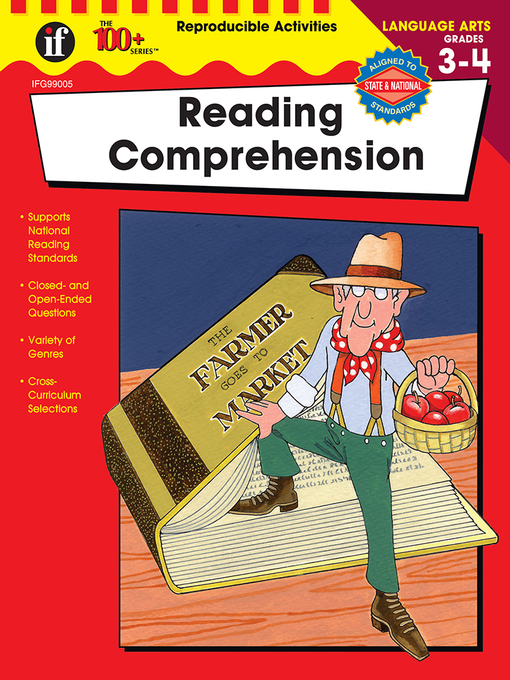 Most people read about 50 pages per hour. If you read 10 hours per week, you will read 26,000 pages in a year. Let's assume that on average there are 250 pages. Simple arithmetic: so you can read 104 books in a year. Moreover, you can even take a two-week break, and then you get exactly 100.
Most people read about 50 pages per hour. If you read 10 hours per week, you will read 26,000 pages in a year. Let's assume that on average there are 250 pages. Simple arithmetic: so you can read 104 books in a year. Moreover, you can even take a two-week break, and then you get exactly 100.
This is a good result, worth the time spent. What can not be said about reading the news on social networks.
“
read? I don't spend much time watching TV (the only exception is football season when I watch one game a week). I watch very few films. I don't spend Lots of commuting time to work. I don't spend a lot of time shopping.
- Shane Parrish, blogger Farnam Street
Looking at the statistics, the average person spends 35 hours a week watching TV, an average of one hour a day commuting to and from work and at least 1 hour per week for shopping.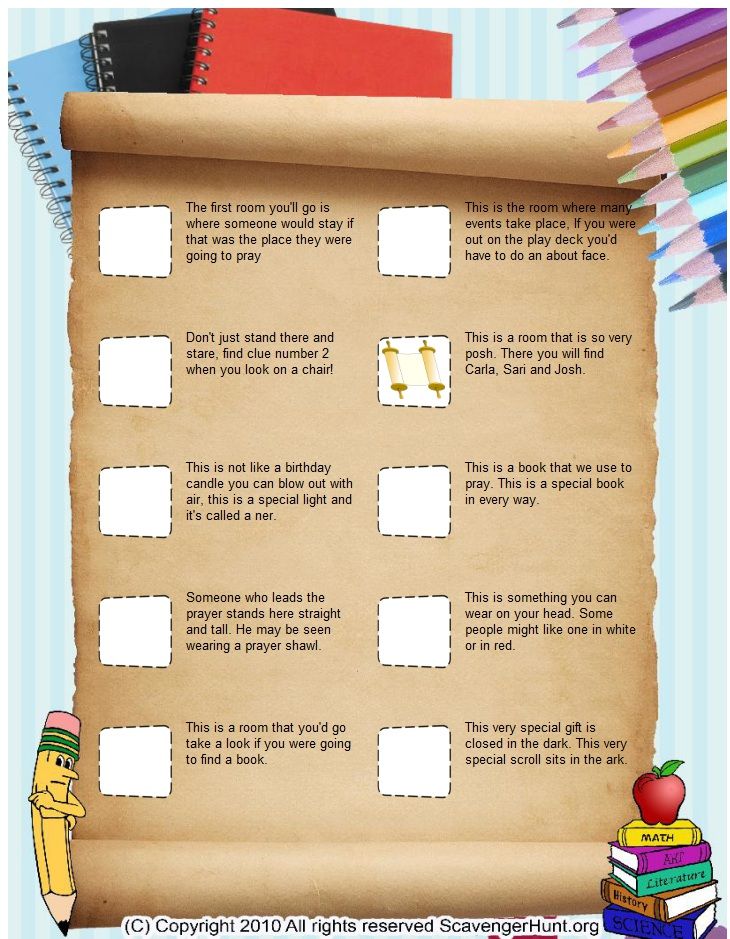 In total, this gives 43 hours a week, and at least some of that time could be spent reading.
In total, this gives 43 hours a week, and at least some of that time could be spent reading.
The obvious way to read more is to learn to read faster. And for most of us, quick wins are much more appealing than routine, slow reading.
Wavebreakmedia/depositphotos.com
So how fast can you read?
Staples, one of of the largest companies in the United States, engaged in the sale of office equipment, collected data on reading speeds of different people as part of an e-book advertising campaign. There are also Russian-language services for measuring reading speed. For example, you can check yourself here.
According to research Staples, the average adult reads about 300 words per minute. But this is, of course, conditional.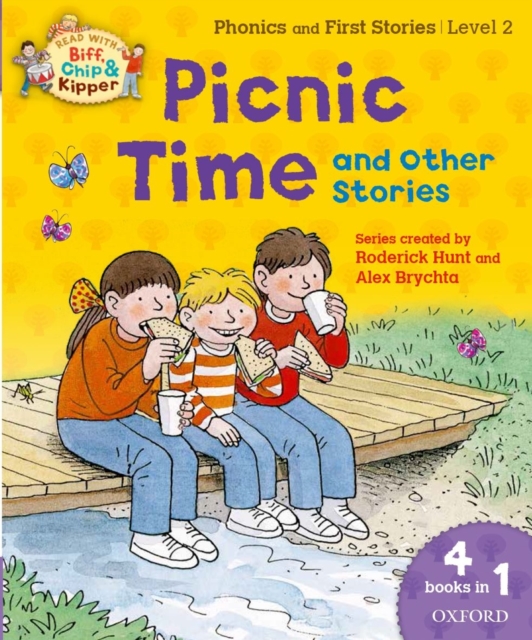 data. The rate depends on age and some other demographics.
data. The rate depends on age and some other demographics.
- A 3rd grade student reads about 150 words per minute.
- 8th grade student - 250 words per minute.
- Average college student - 450 words per minute.
- Average high-level executive - 575 words per minute.
- Average college teacher - 675 words per minute.
- Speed Reader - 1,500 words per minute.
- World Champion Speed Reader - 4,700 words per minute.
But fast reading is not always the best way to read more. Reading comprehension is much more important. Often high reading speed or reading obliquely leads to the fact that we retain worse in memory information and forget the details.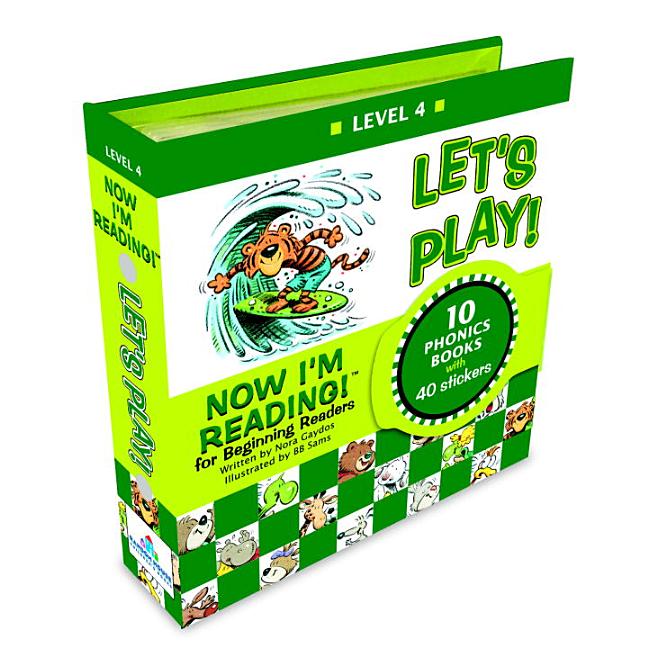 However, if you can improve your speed a little reading while maintaining reading comprehension is fine. This will definitely be beneficial. But reading faster isn't the only way to read more.
However, if you can improve your speed a little reading while maintaining reading comprehension is fine. This will definitely be beneficial. But reading faster isn't the only way to read more.
You can read quickly, or you can read a lot. The combination of these two skills is a great way to teach yourself to read and not get bored, but at the same time, each of these skills is valuable in itself.
Tulane Public Relations/flickr.com
In fact, for many people it is important not only to read book from beginning to end, for them the story itself is more important. Reading speed doesn't have that much values if you are reading for pleasure.
From this point of view, the desire to read more means having more time to read and getting more information in general: from books, magazines, blog articles, and so on.
And let's start with the main question. How how many books do you read in a year? According to research, the average adult reads 17 books a year.
The key word here is average. Because the gap between those who reads, and those who do not read, too big. There are those who read much more than 17 books in a year, there are those who read much less - not a single one. According to a 2013 survey, 44% of Russians generally do not take a single book in hand for the whole year.
So let's look at 3 easy way to take in more information.
Method
by Tim Ferris
Method #1
Tim Ferris, author of How to Work 4 Hours a Day a week and at the same time not to hang around in the office “from call to call”, live anywhere and get rich” and others bestsellers, has its own technique that helps to increase the speed of reading by 3 times.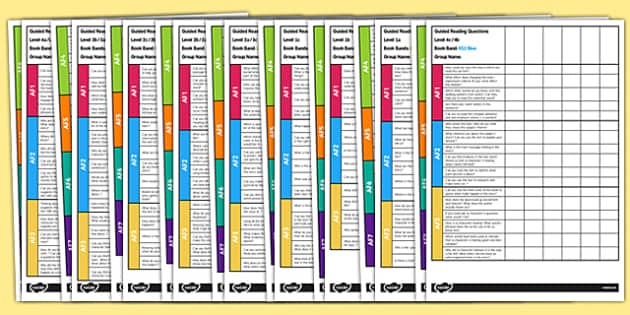 This technique consists of two techniques.
This technique consists of two techniques.
Use a pencil to follow and set the pace (this is how some people run their finger along the lines during reading). Many often return to what they read, jumping with their eyes along the lines. Such indentation slows down reading. But if you point your way with a pencil, then stop getting lost in the text, which means you can read faster.
Start every new line not from the first, but at least from the third word and finish reading the line in three words to end. Try to figure out the rest on your own or capture it with a peripheral vision. At first, do not worry about whether you understand what you read or not, because that the main goal is to adjust your eyes to the new reading speed.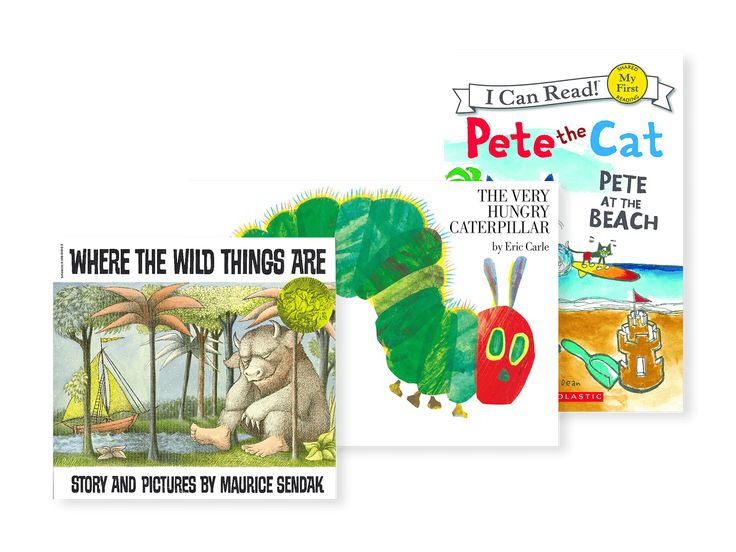 Ferris claims, that one should strive to read a line in half a second. Repeat this process until you get used to this speed, at which point reading comprehension will also start improve.
Ferris claims, that one should strive to read a line in half a second. Repeat this process until you get used to this speed, at which point reading comprehension will also start improve.
The first technique can be used to master second. With practice, you will train your peripheral vision and begin to quickly perceive words that your vision is not directly aimed at.
“
Untrained readers spend half their time in the margins, moving from the first word to the last. This means, that they spend 20–25% of their reading time on parts of the page that do not contain no information.
— Tim Ferris, writer
Use technology
Method #2
Is there room for innovation in reading? The emergence of new method confirms that it is.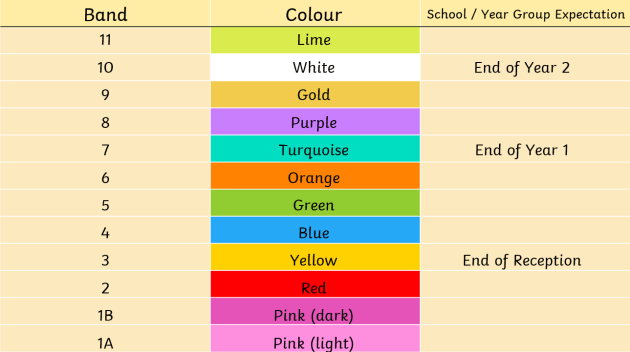 The Spritz speed reading system helps you read faster and platforms like Makeright to digest the contents of a book faster.
The Spritz speed reading system helps you read faster and platforms like Makeright to digest the contents of a book faster.
Spritz
Shows one by one word from an article or book at a time inside a special field. Each word in red one letter is highlighted to facilitate concentration. You set the speed at which it is convenient for you to perceive the text, gradually increasing this indicator. You can install readers that use Spritz technology on your smartphone (there are options for both iOS and Android), download your books and read them faster.
Makeright
Service that publishes summaries of popular books on business, psychology, science and health. You literally in 15 minutes you will learn the main provisions from the work of interest to you, the most saving your time.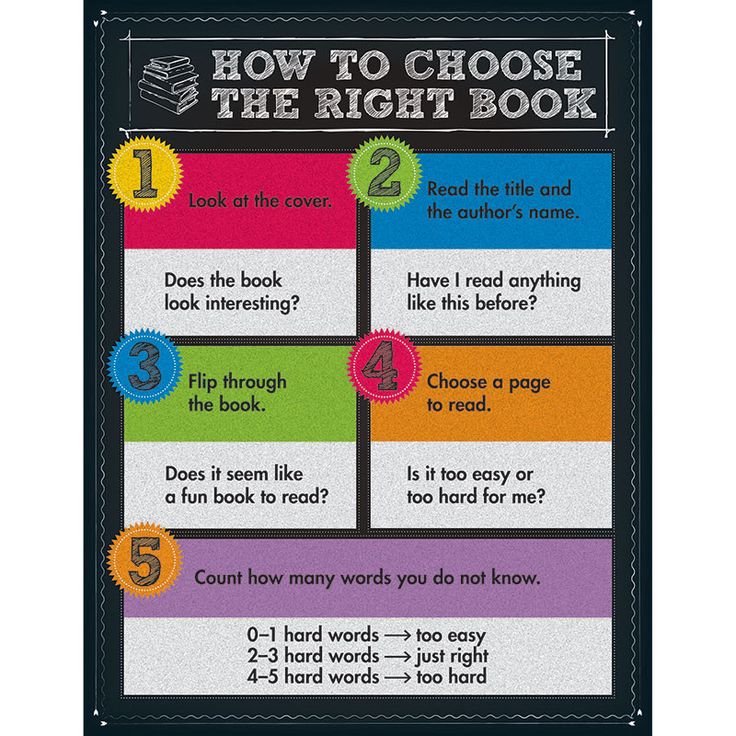 If you are interested in the book, then buy the full version and enjoy.
If you are interested in the book, then buy the full version and enjoy.
Buy eBook
Method no. 3
People who prefer e-books read in an average of 24 books per year, while adherents of traditional paper publications - only 15.
This is quite understandable. E-books are easy to use, portable and convenient. FROM they make it easier to spend a little time reading when there is a free minute. Of course, maybe you won't read 9 right awaymore books a year, but at least interesting spend time in line or on public transport.
This seemingly counterintuitive advice comes from the author of the seemingly controversial book The Art of Talking About Books You Haven't Read, Pierre Bayard.
belchonock/depositphotos.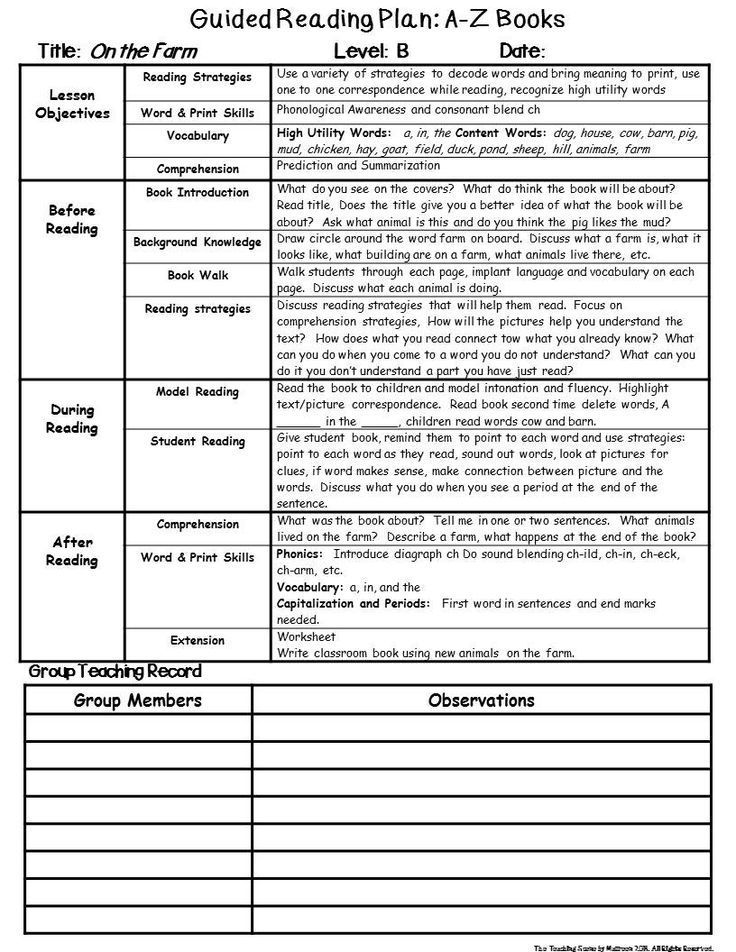 com
com
Bayard is convinced that books should not be approached with simplified position "read" and "not read" - there are several more options:
books we read;
books we flipped through;
books we have heard about;
books whose content we forgot;
books that we never opened.
Have you ever come across a book that the rest, just amazing, but which did not hook you in any way? And it's not because this book really sucks.
Just not all books fit to each. The book may be a top seller, but you may be disappointed written. Or maybe this book fell into your hands at the wrong time.
Anyway, if you can't turn the page, put the book aside and take hold of one that truly brings you joy and pleasure.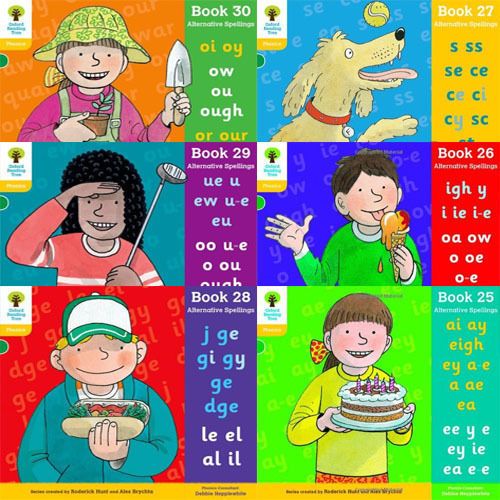
Possibly to read more books, you should look at the process of reading from the other side? For example, for to keep abreast of fashionable literary novelties, you do not have to read bestsellers from the cover to the crust - just run them obliquely. Conversely, for books that really matter to you, approach more thoughtfully and seriously.
Read literature that is relevant to what is happening in your life. people already 2 Books have been written for 000 years, and among them there were many who found themselves in the same situation as and you: struggling teenagers, aspiring artists, broke entrepreneurs, new parents, and so on.
Read books that related to your profession or hobby.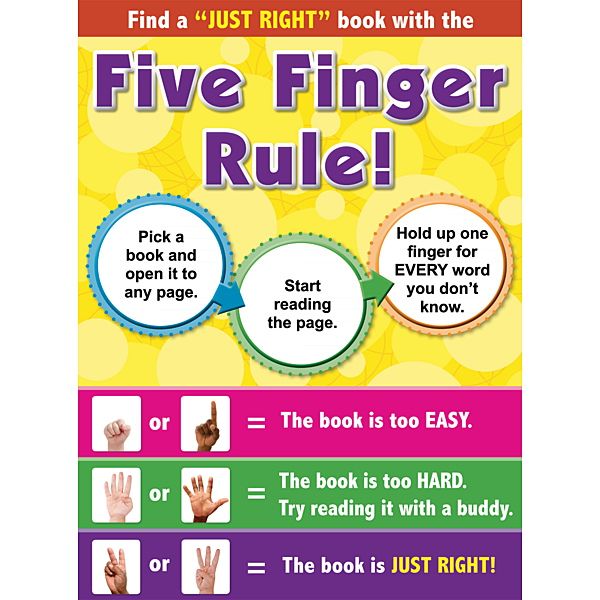 Read about the people who make you feel Delight. But don't pick up a book just because it's a bestseller or classics.
Read about the people who make you feel Delight. But don't pick up a book just because it's a bestseller or classics.
Josh Felise/unsplash.com
Visual Supply.co/unsplash.com
Annie Spratt/unsplash.com
“
time to read about things that don't interest you at all.
There are no strict rules for reading, so you can do whatever you want.
peshkov/depositphotos.com
Sometimes I read 5 books at a time. Yes, I I can read 50 pages of one book in the morning, and in the evening take up another. Although this is also a matter of taste. Someone else will probably prefer to read the book from beginning to end, before than take on another.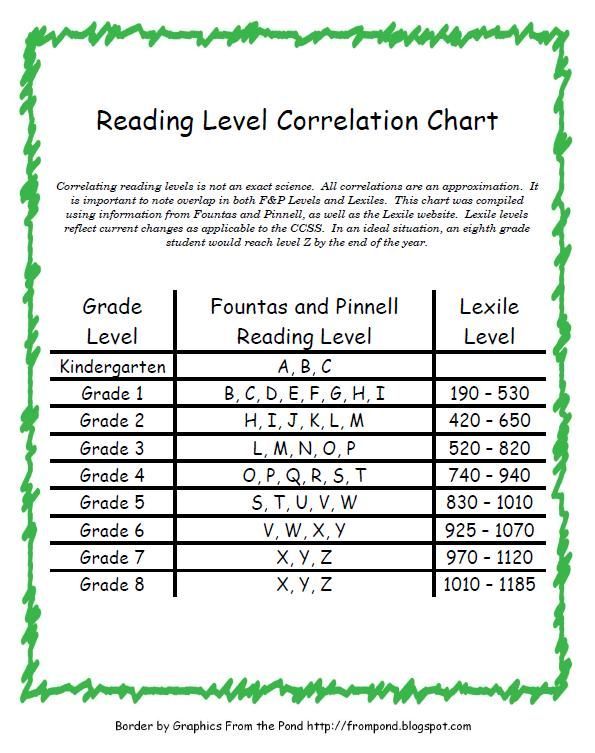
If you are reading something difficult, save it for the evening something easier. For example, before going to bed it is nice to read biographies. Yes, and artistic Literature is best in the evening.
But I can't read a book about investments lying in bed with a pen and notepad. If I do so, then I simply won’t be able to fall asleep until 3 in the morning, because the brain begins to work actively, assimilating new knowledge.
Knowledge is good because it can be used. But to keep knowledge in memory, you need a system. We offer you 3 memorization methods to choose from. They can be used individually or as part of a system.
belchonock/depositphotos.com
METHOD #1
Train your brain with impressions, associations and repetition
To better remember the books you read, you need to understand how our brain stores information.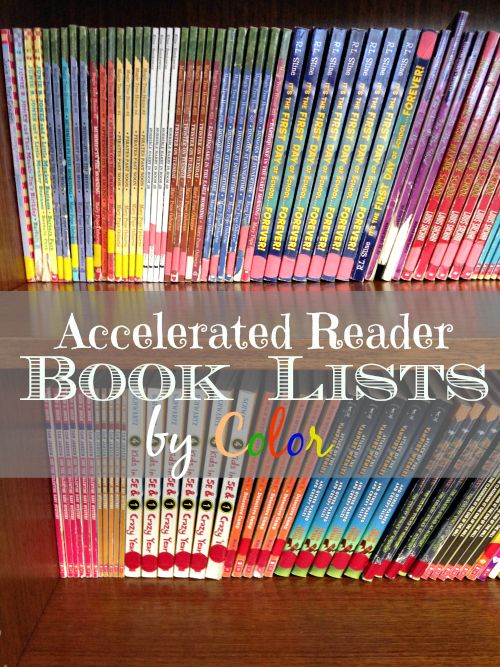 In this he is helped by impressions, associations and repetition. Let's take a look at an example. Let's say you're reading How win friends and influence people by Dale Carnegie, did you enjoy the book and you want to remember as much as possible.
In this he is helped by impressions, associations and repetition. Let's take a look at an example. Let's say you're reading How win friends and influence people by Dale Carnegie, did you enjoy the book and you want to remember as much as possible.
Impressions
Link the impressions to the text. Stop and try to imagine a picture in your head with yourself in the lead role. For example, when Carnegie describes his dislike of criticism, imagine that you get the Nobel Peace Prize and then throw away your prize. Another the way to turn on impressions is to read the passage aloud. Some of us are better perceive information aurally rather than visually.
Associations
Link the text to something you already know.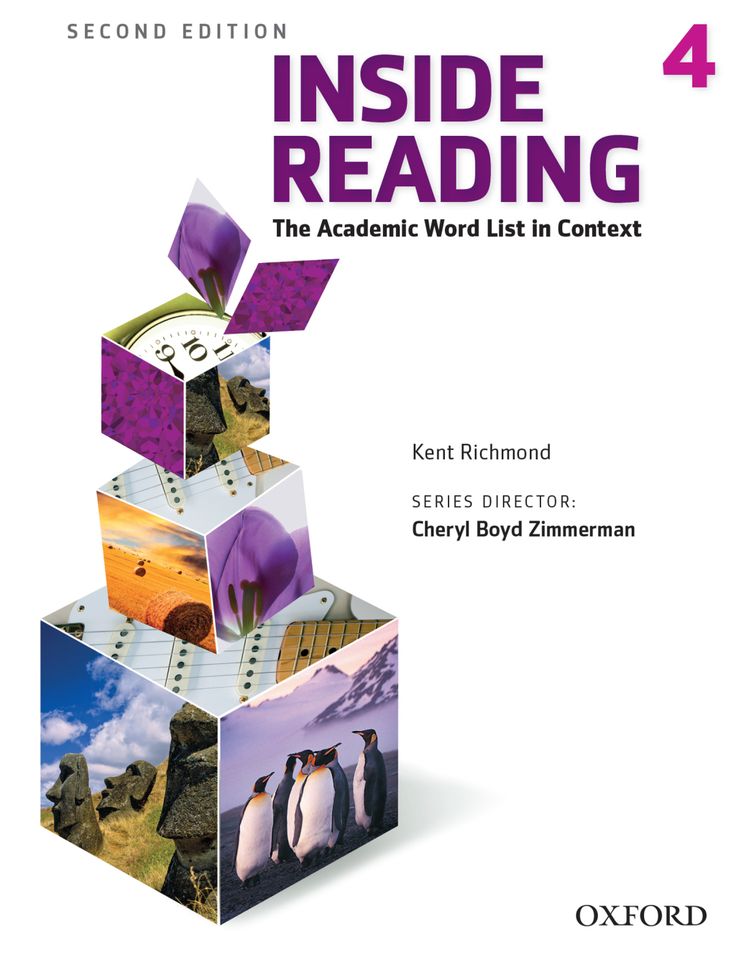 This method best used in conjunction with the technique of repetition. In the case of the Carnegie book, if you want to remember some principle, remember a specific example from your life when you could use it. Prior knowledge is the basis for building strong associations.
This method best used in conjunction with the technique of repetition. In the case of the Carnegie book, if you want to remember some principle, remember a specific example from your life when you could use it. Prior knowledge is the basis for building strong associations.
Repetition
The more you repeat, the more you remember. You you can immediately reread the passage you like or leave a bookmark to come back to it later.
By combining these elements, you can memorize better and better. The more you practice, the more you will memorize.
WAY #2
Focus
on four reading levels
In his book How to Read Books, Mortimer Adler identifies 4 levels of reading (each new level of perception of the book is based on previous one):
Elementary
The one we were taught in school.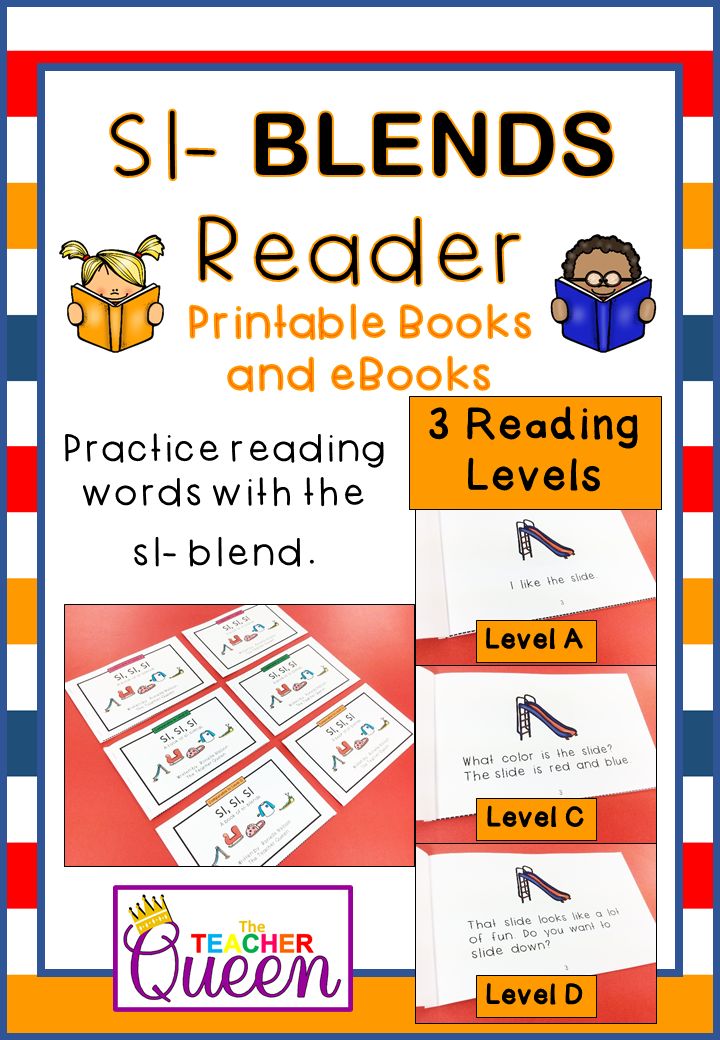
Inspection
Inspection reading can take two forms: fast, insufficiently careful reading or scrolling through the preface, table of contents, indexes and title pages.
Analytical
Involves a thorough, comprehensive study of the book.
Thematic
Read other books on the subject and compare your experiences.
Better understand the context and content of the book simple rules will help.
Classify the book according to topics.
State the main contents of a book. Be brief.
Make a list of the main parts in sequence and establish connections between them.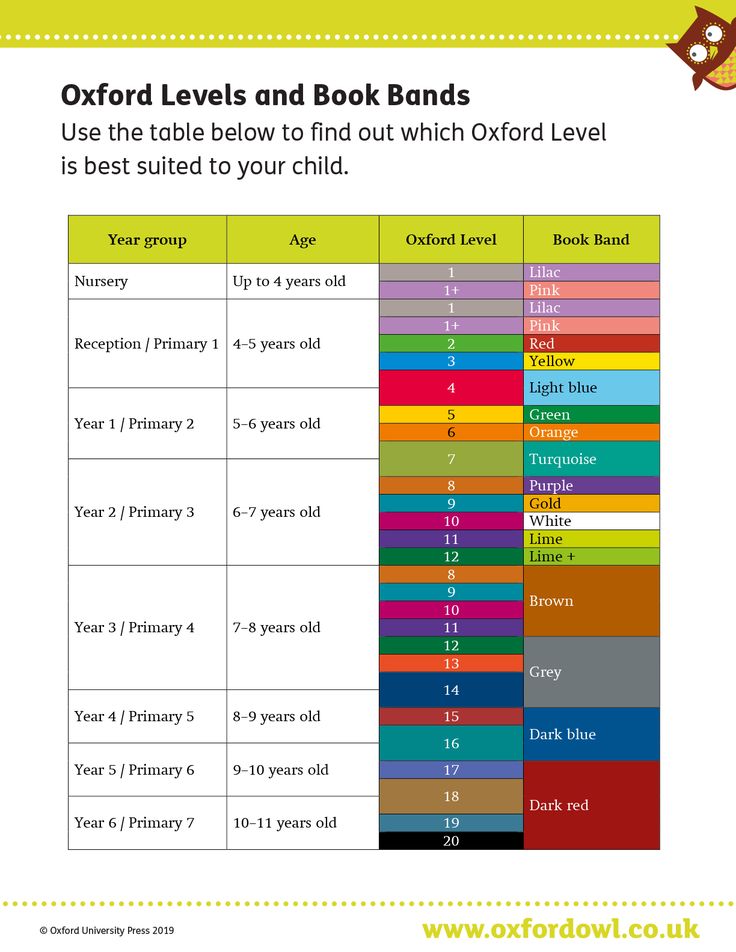 Describe very briefly the content of each.
Describe very briefly the content of each.
Identify the problem or problems the author is trying to solve.
When you take apart a book, you fix it in memory of the impressions received from it. Analysis of publications similar in subject matter will help not only to better understand the material, but also to remember it for a long time.
METHOD #3
Take notes
Take notes - This is one of the most popular and effective ways to remember the books you read.
When reading a book, do pencil notes in the margins, and highlight important passages with a marker. If you read e-books, add bookmarks and save text. But don't underline everything that seems even slightly interesting to you.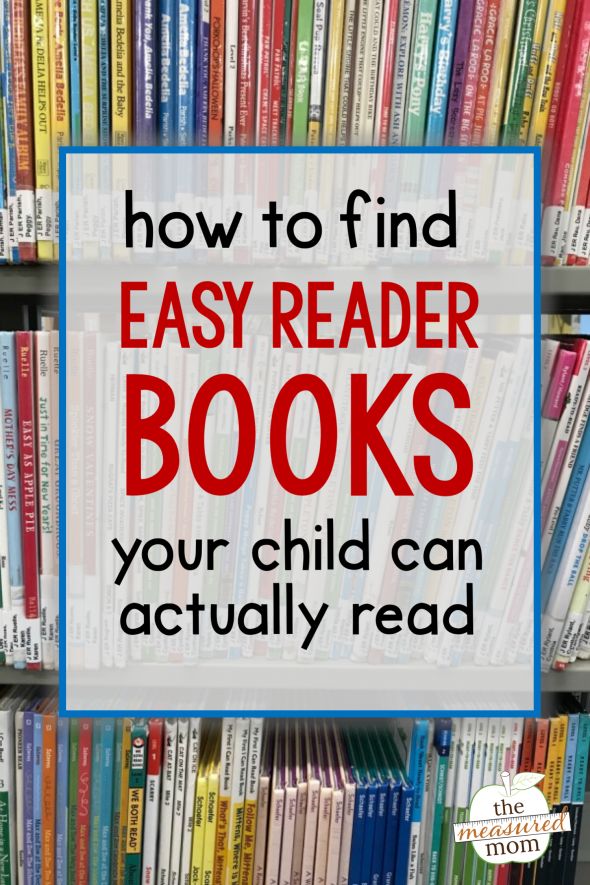 Select only what which impresses you.
Select only what which impresses you.
If you read what If you definitely want to remember, turn down the corner of the page. For e-readers books: take a picture of the screen and save it as a note.
When you finish the book, go back to the folded pages and run your eyes over the notes.
Write in your own words (using the application or a regular notepad), what was the book read about and what advice given by the author.
Write down the most important quotes.
“
When I I finish a book, I put it aside for a week or two, and then I come back to it. I look at my notes and the places I marked as important.